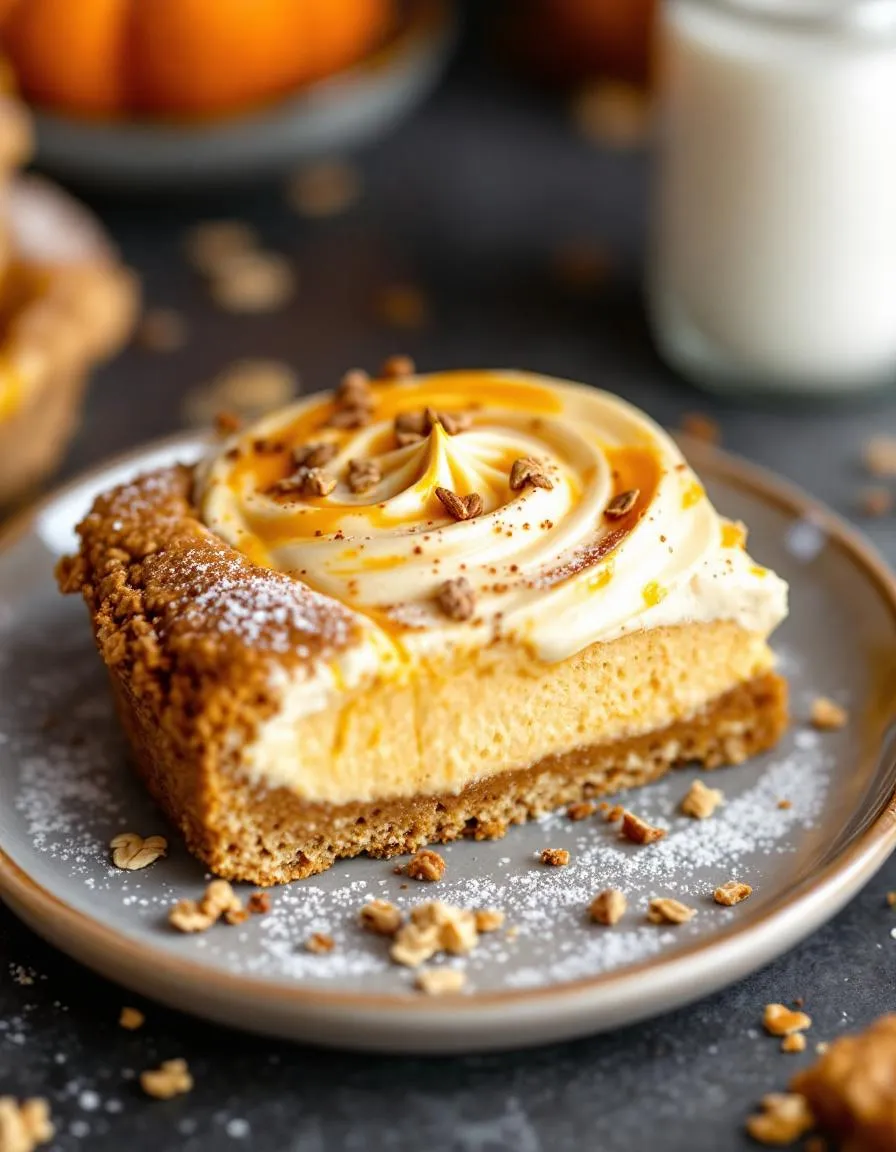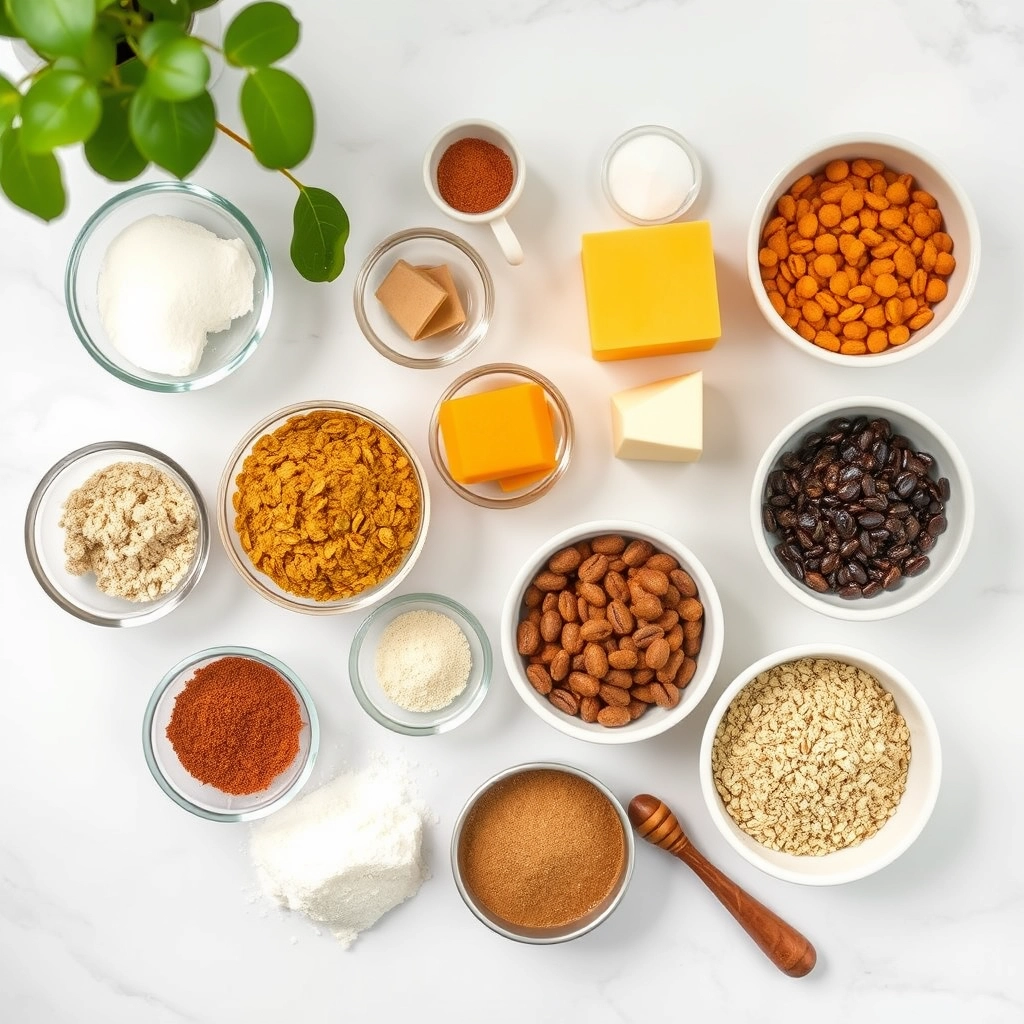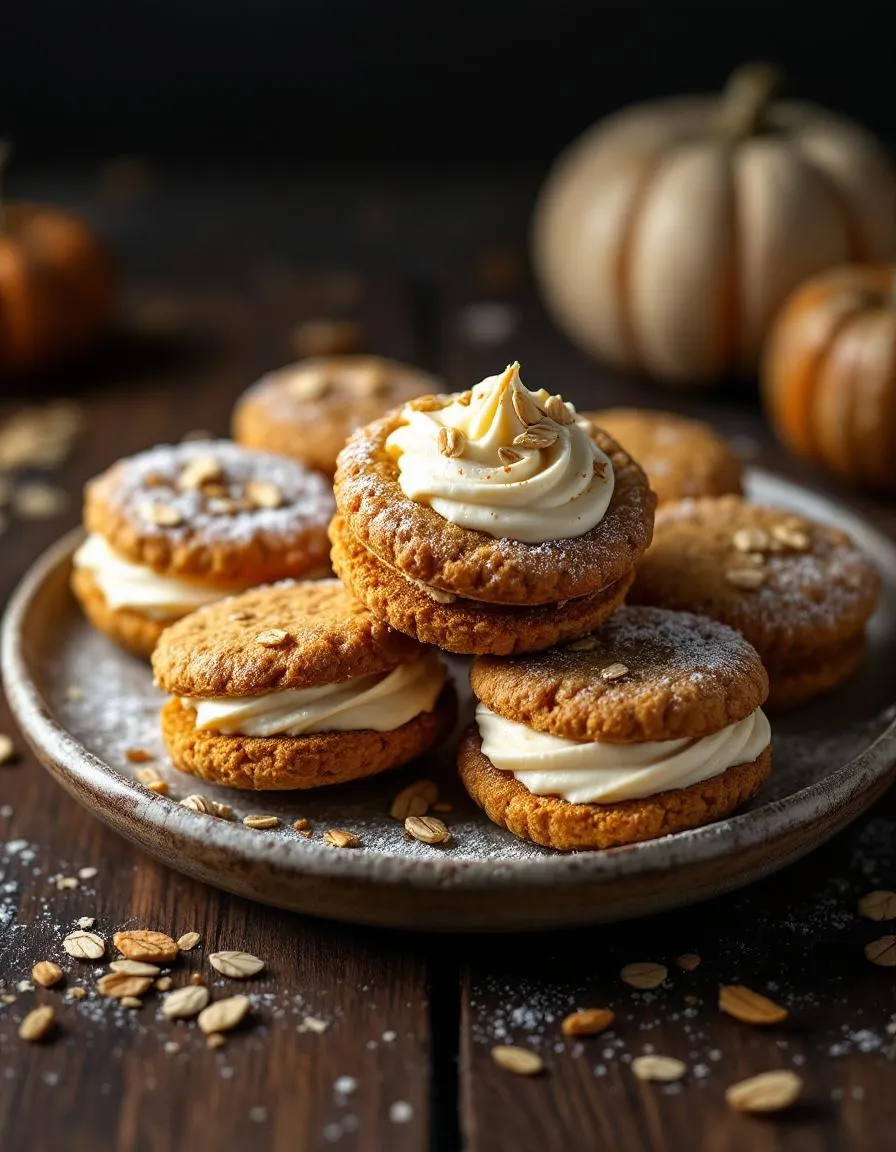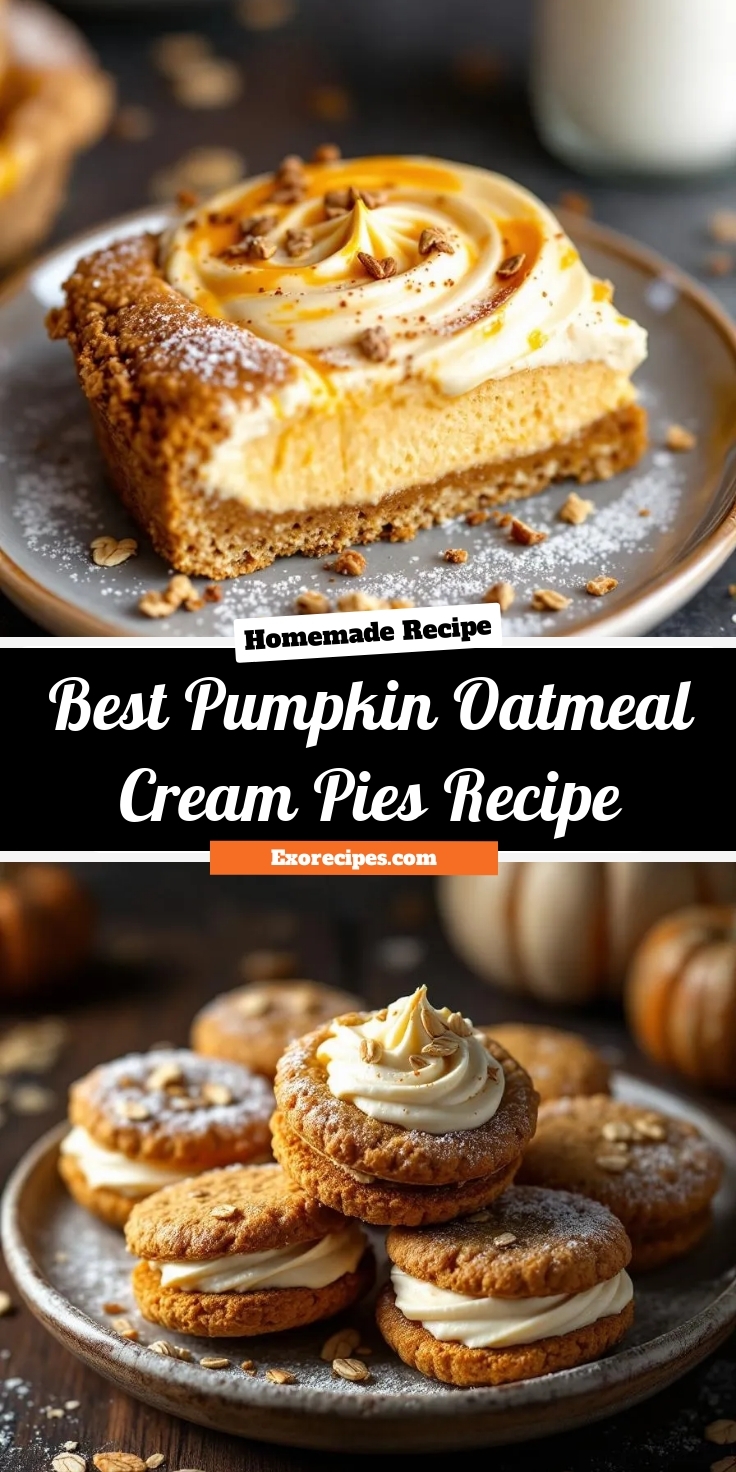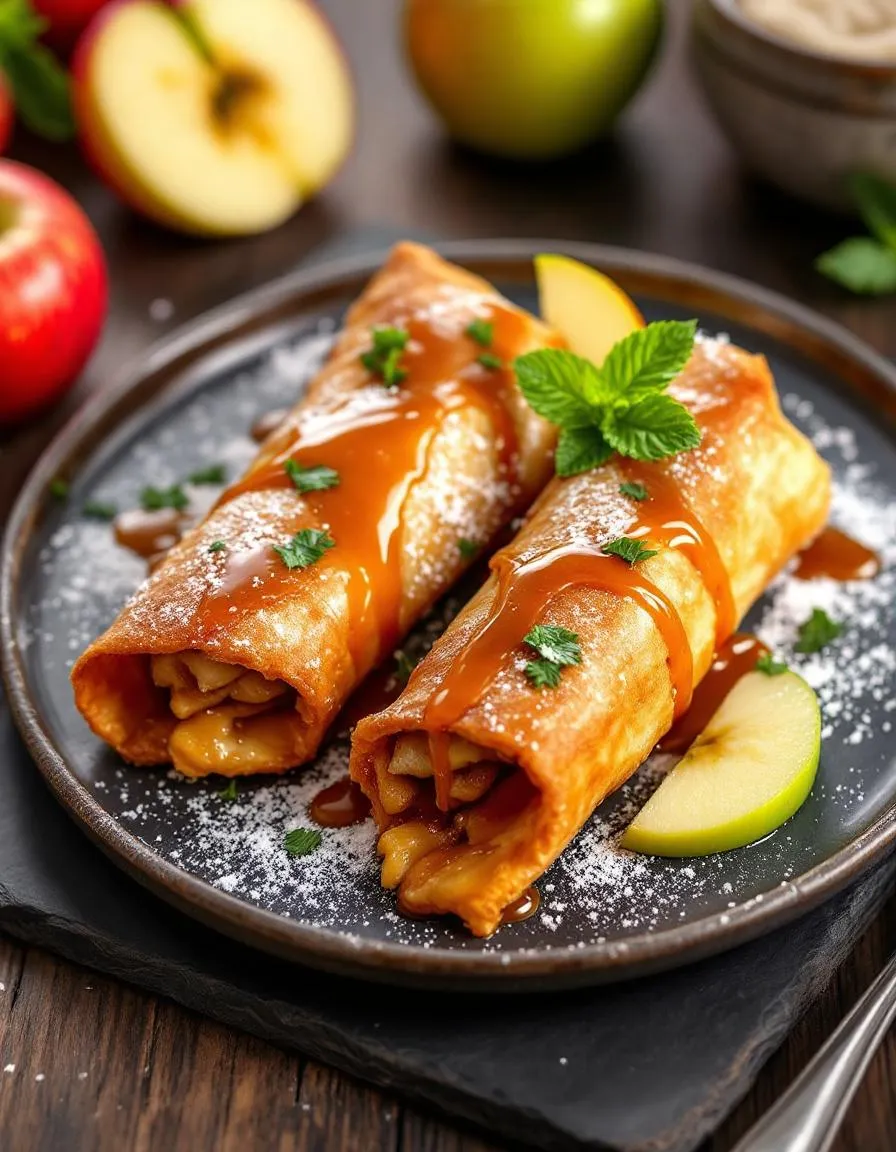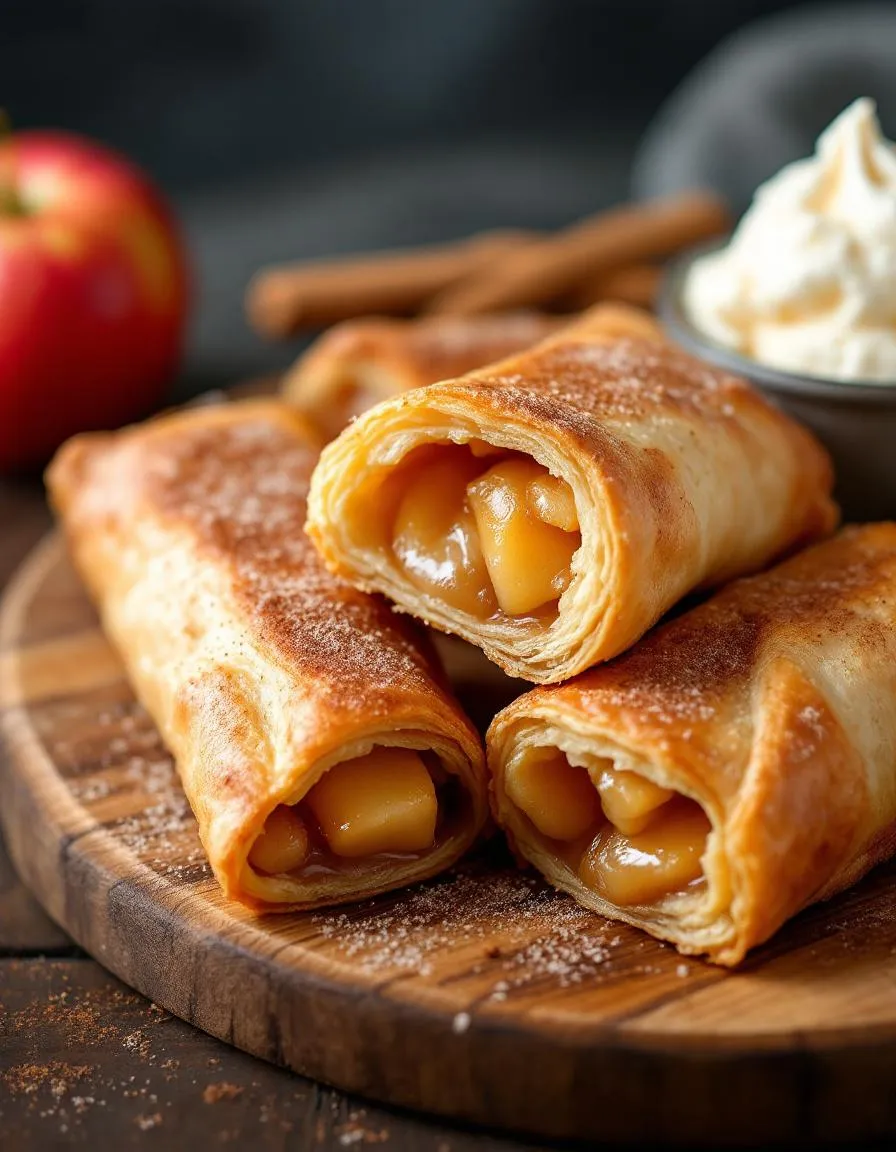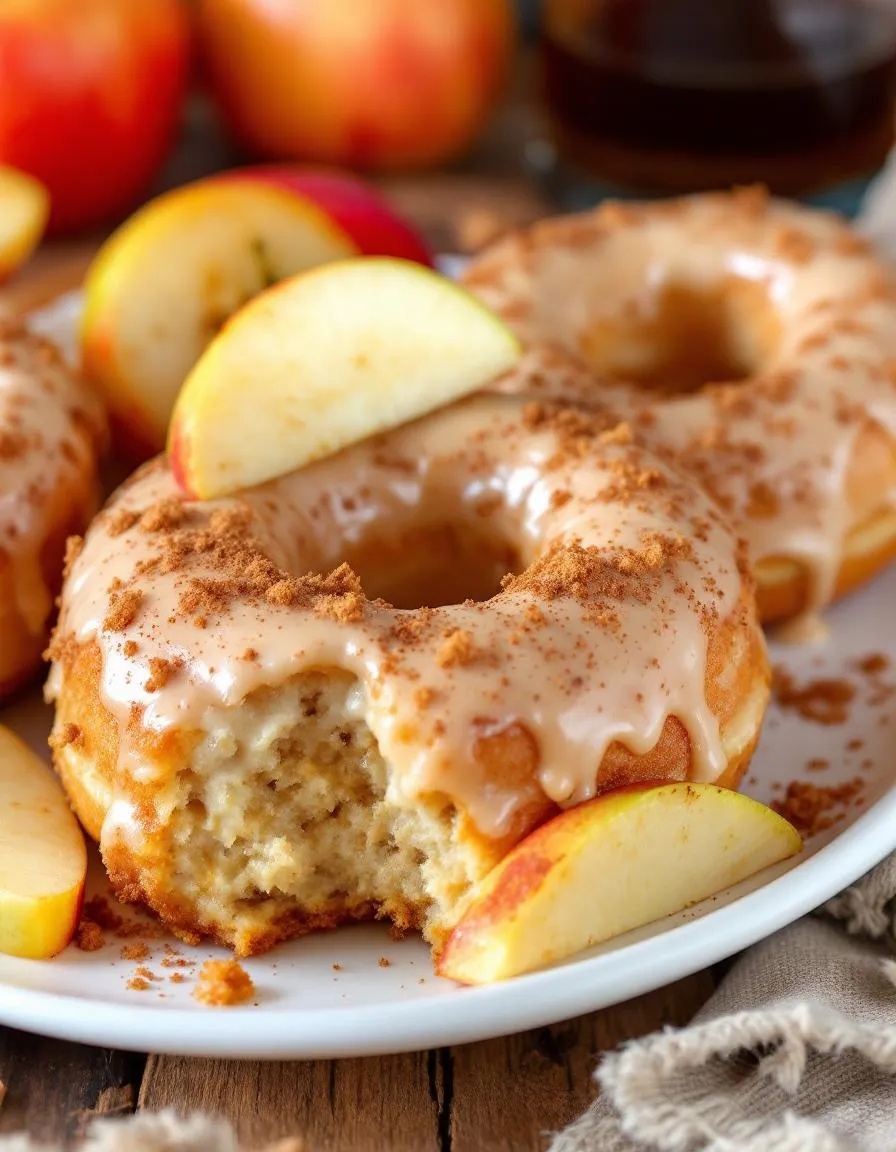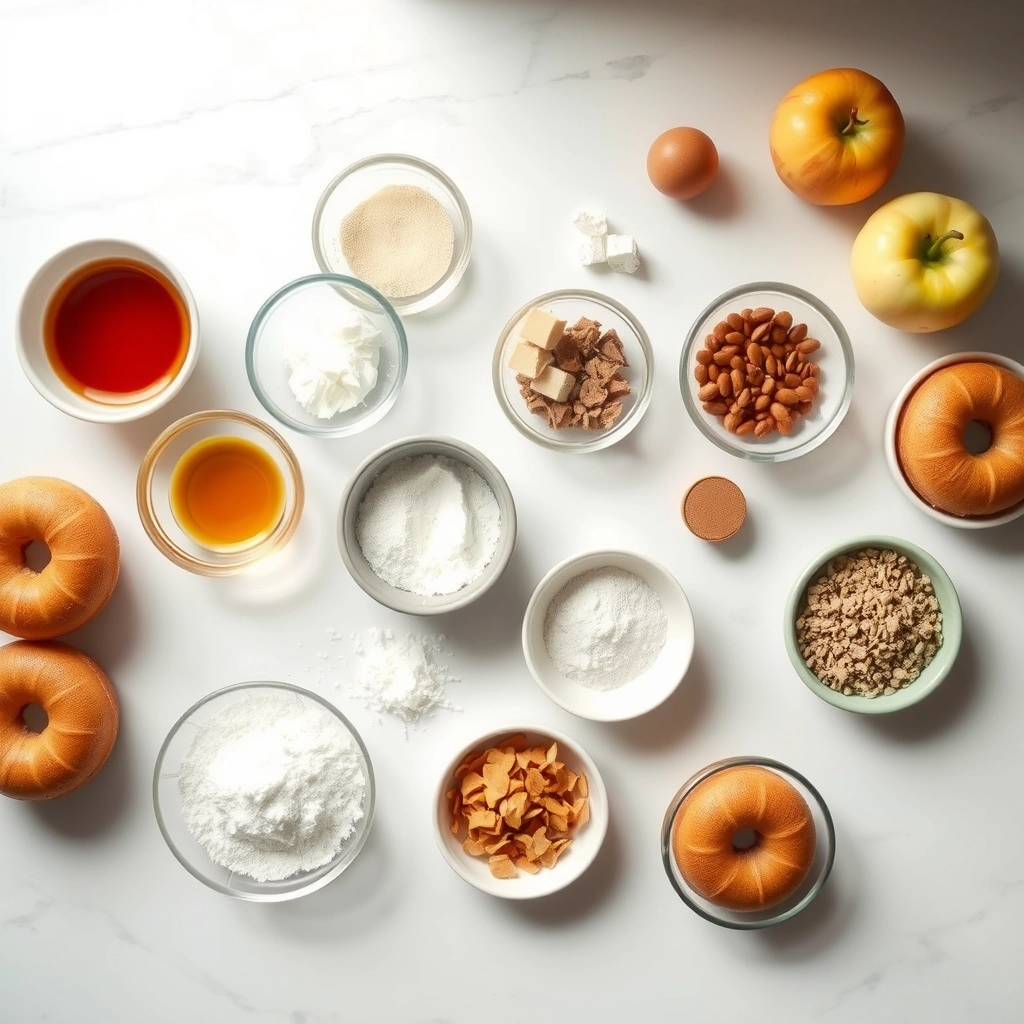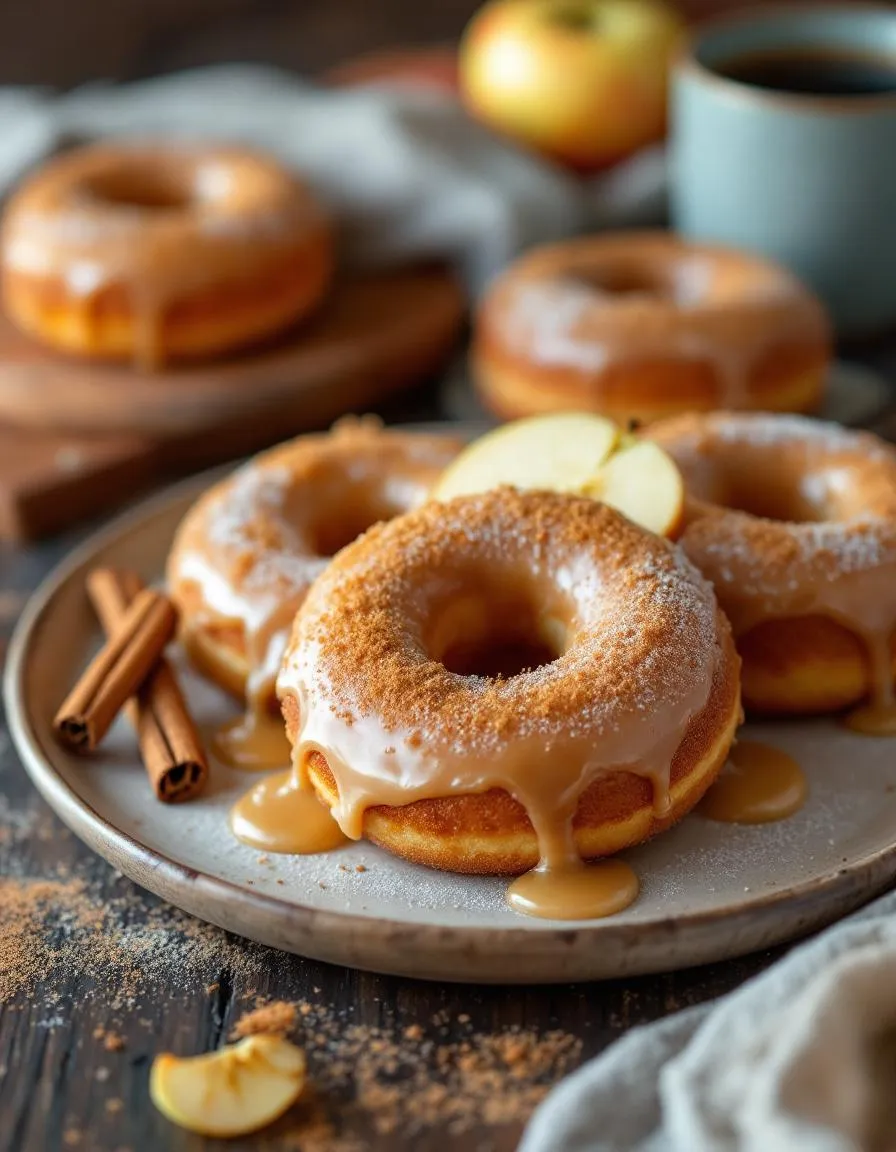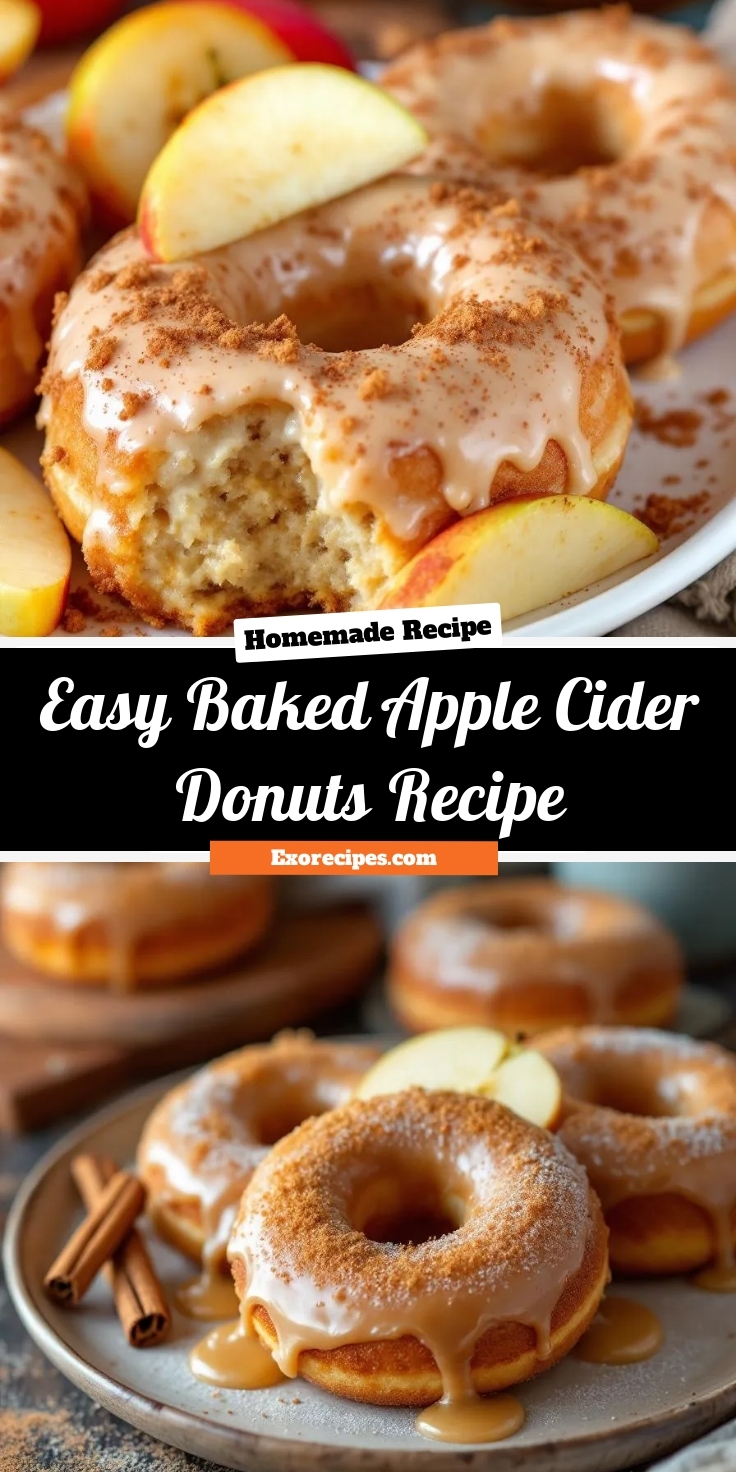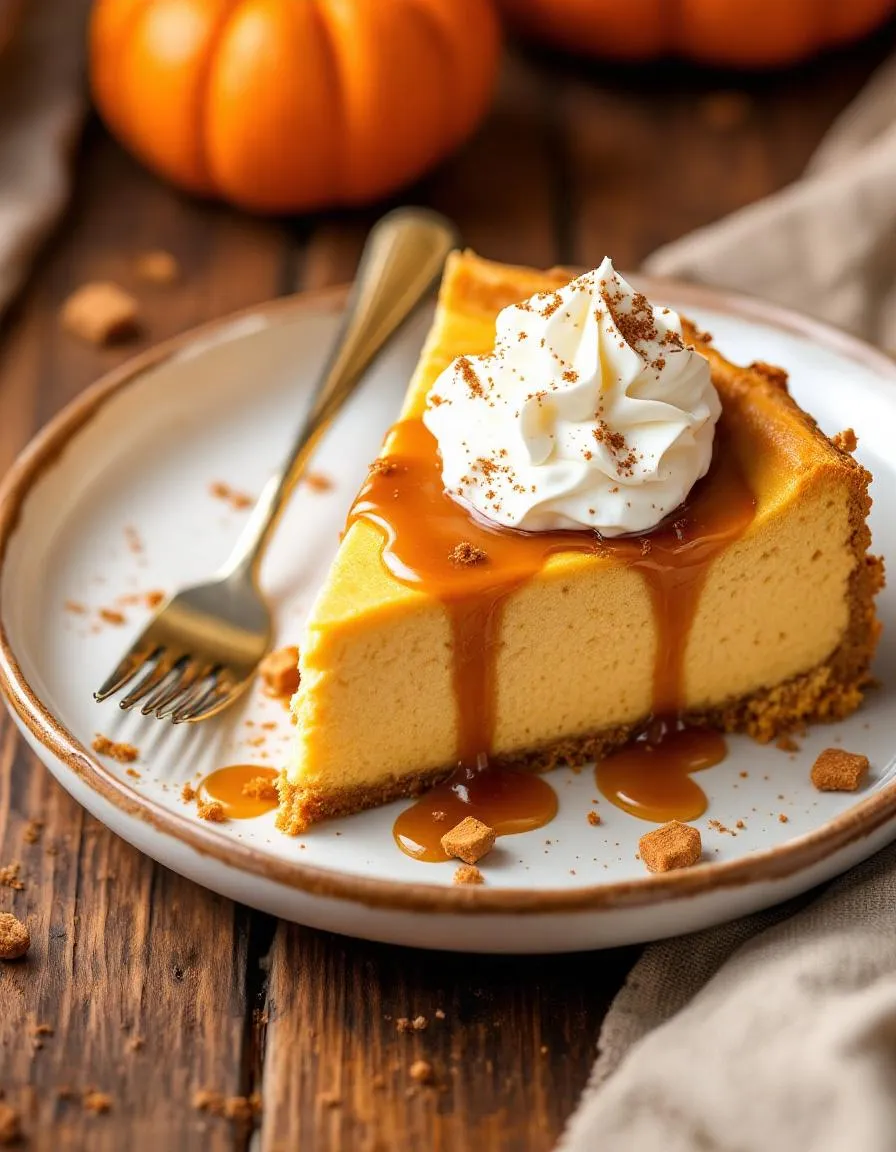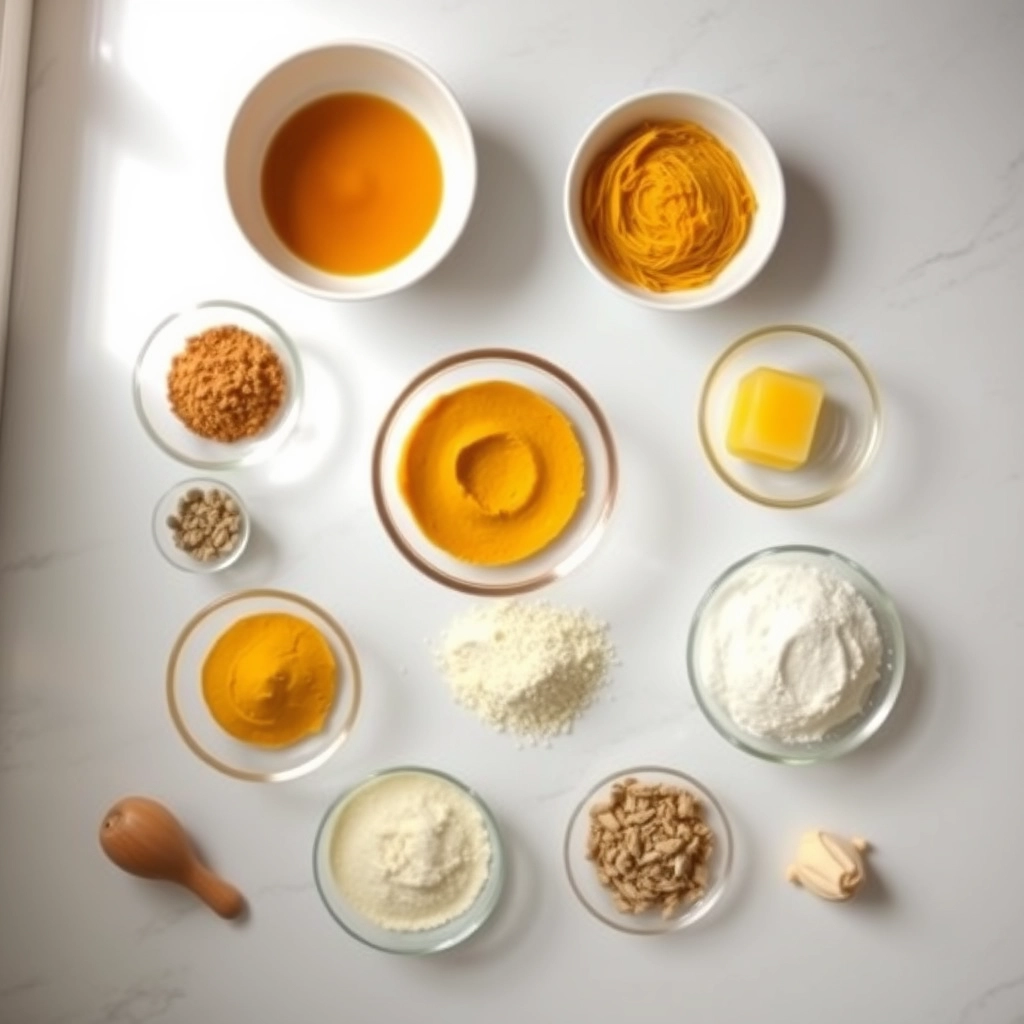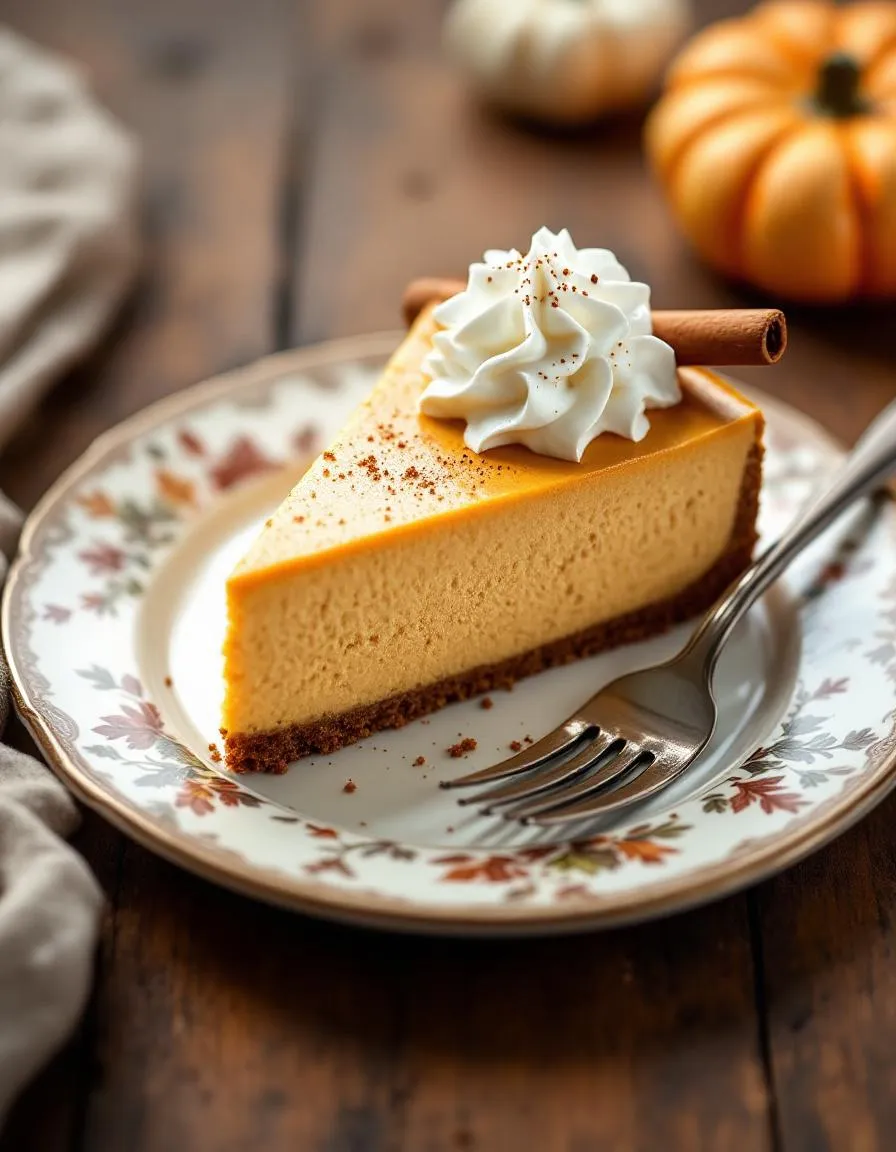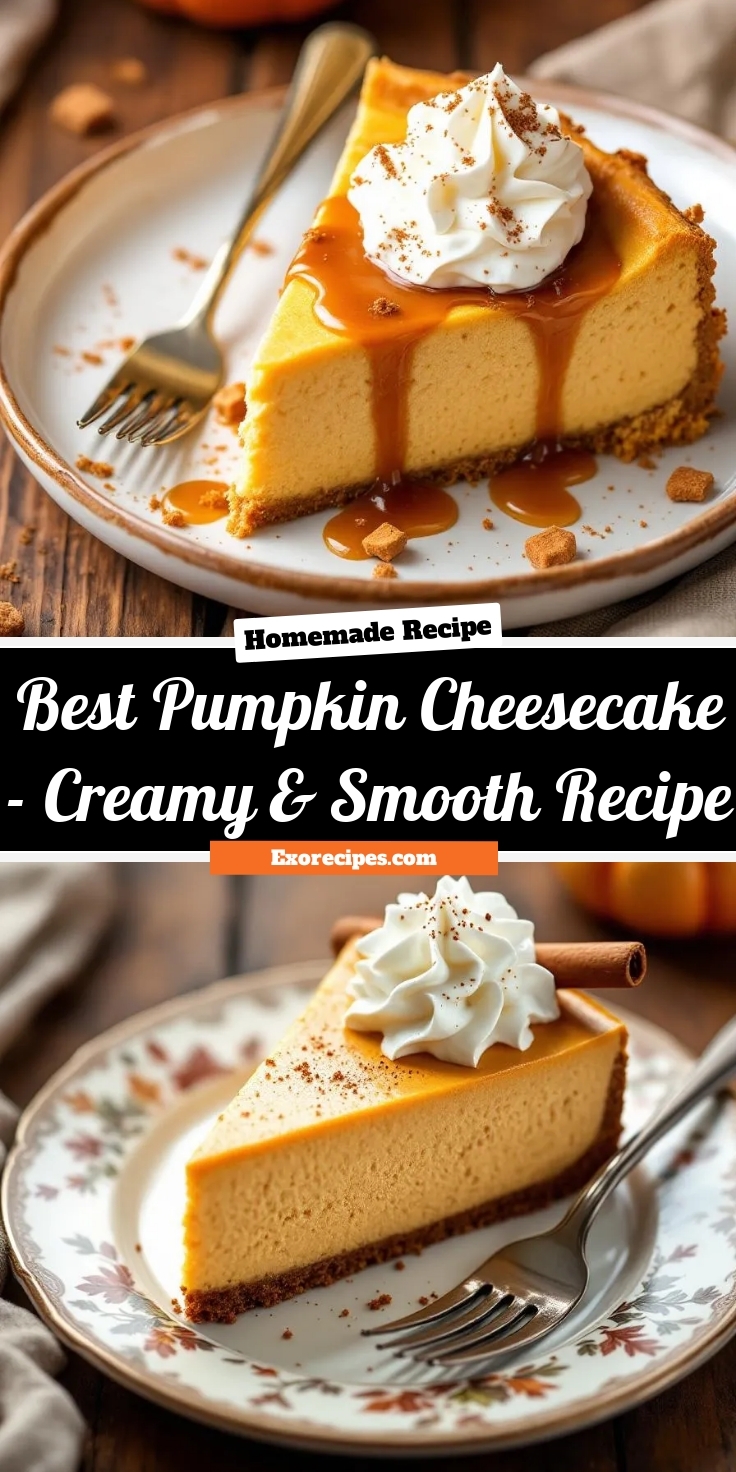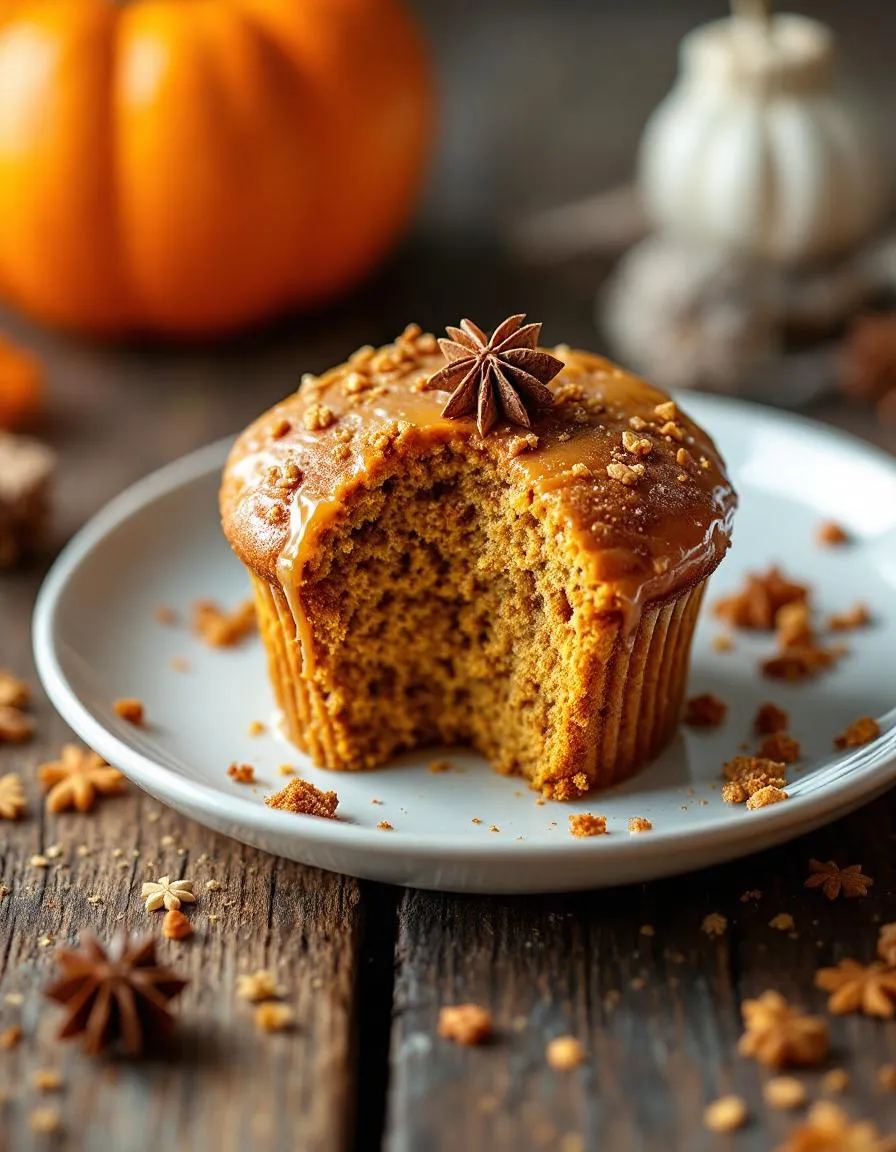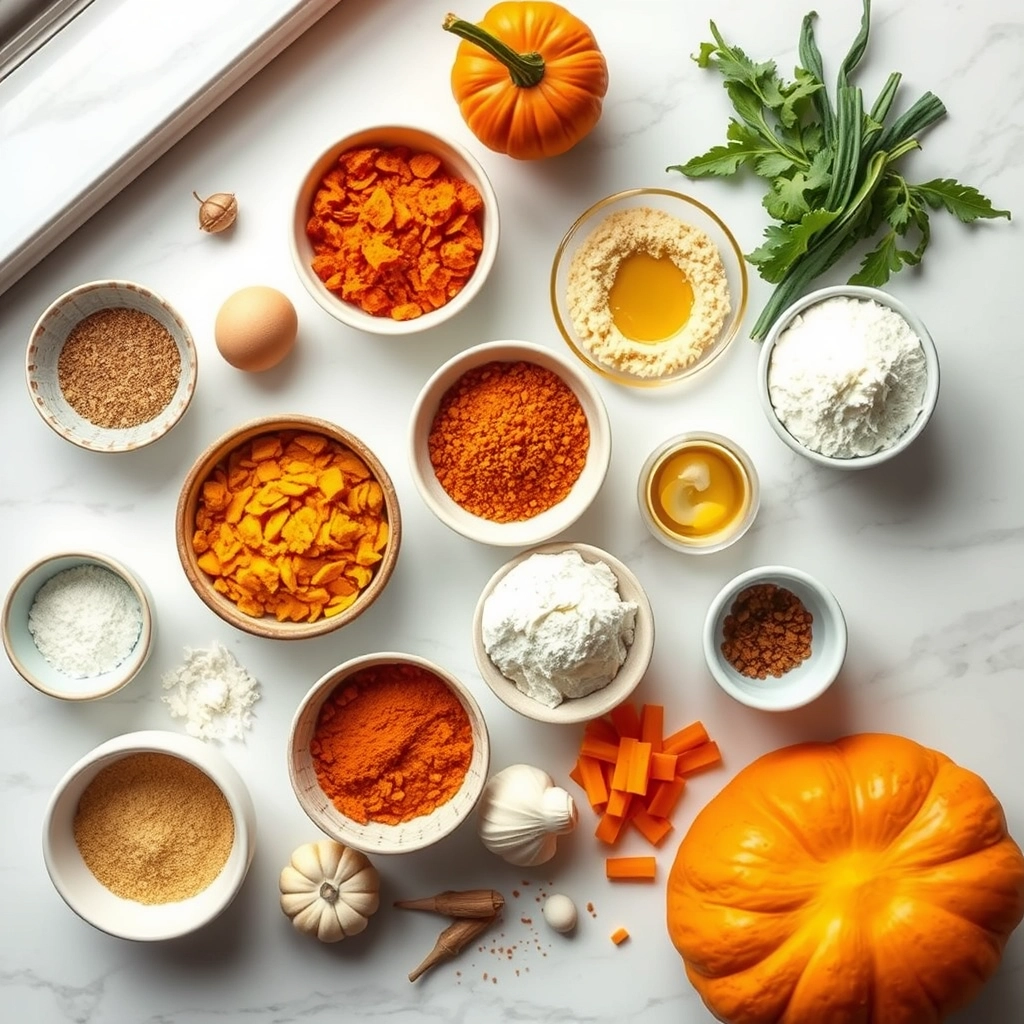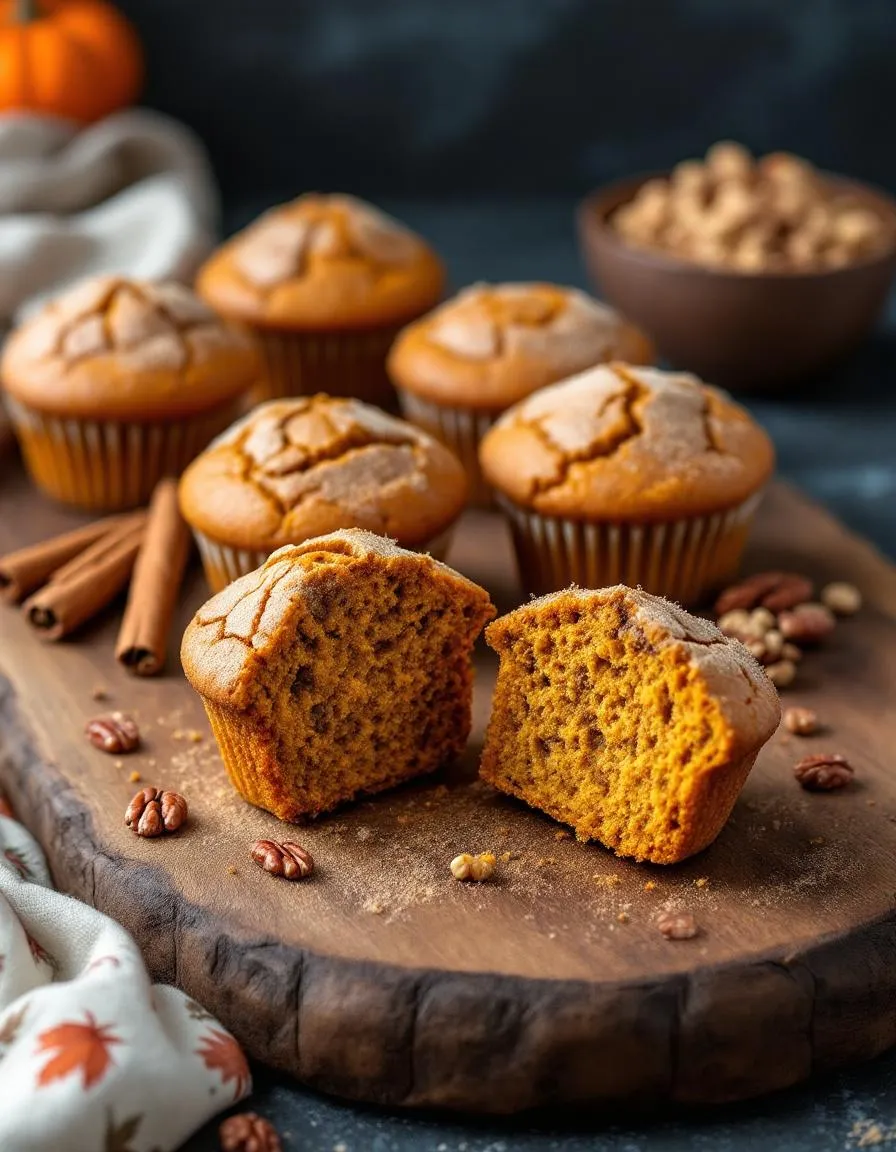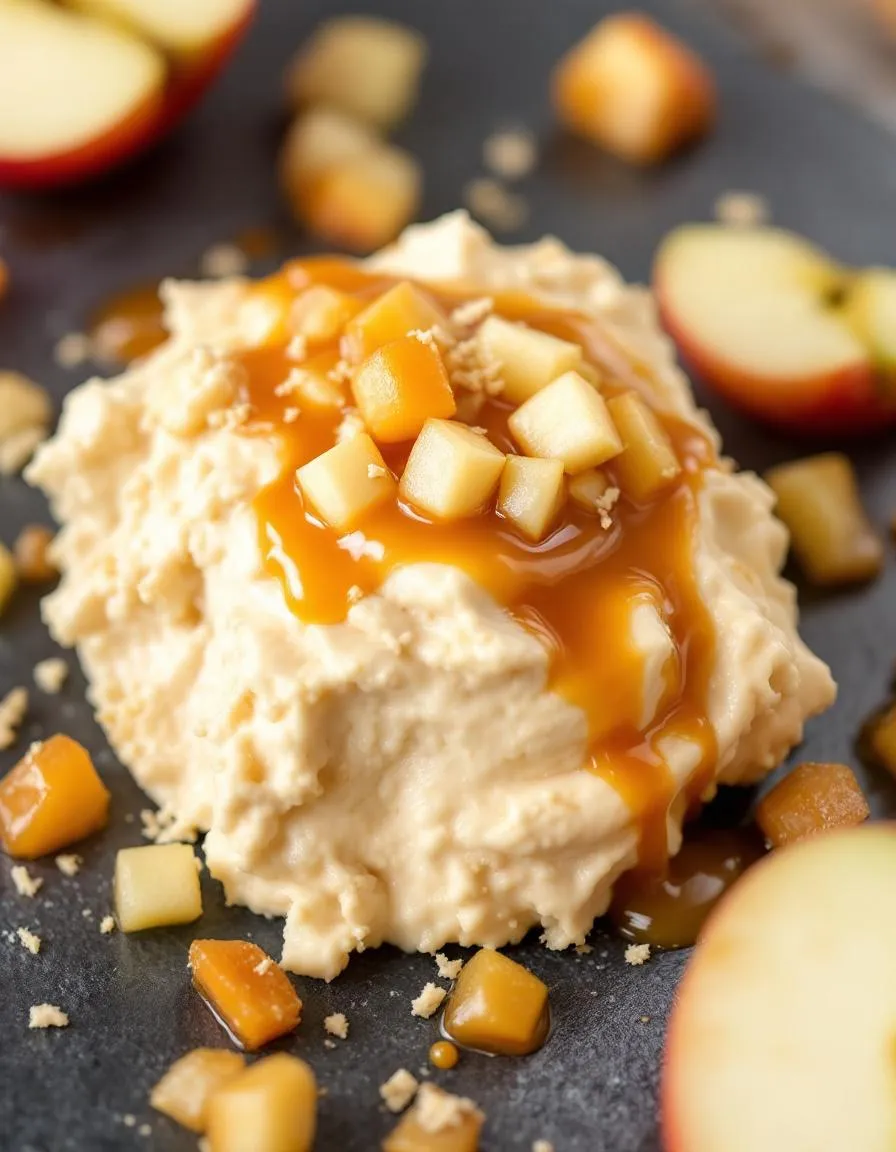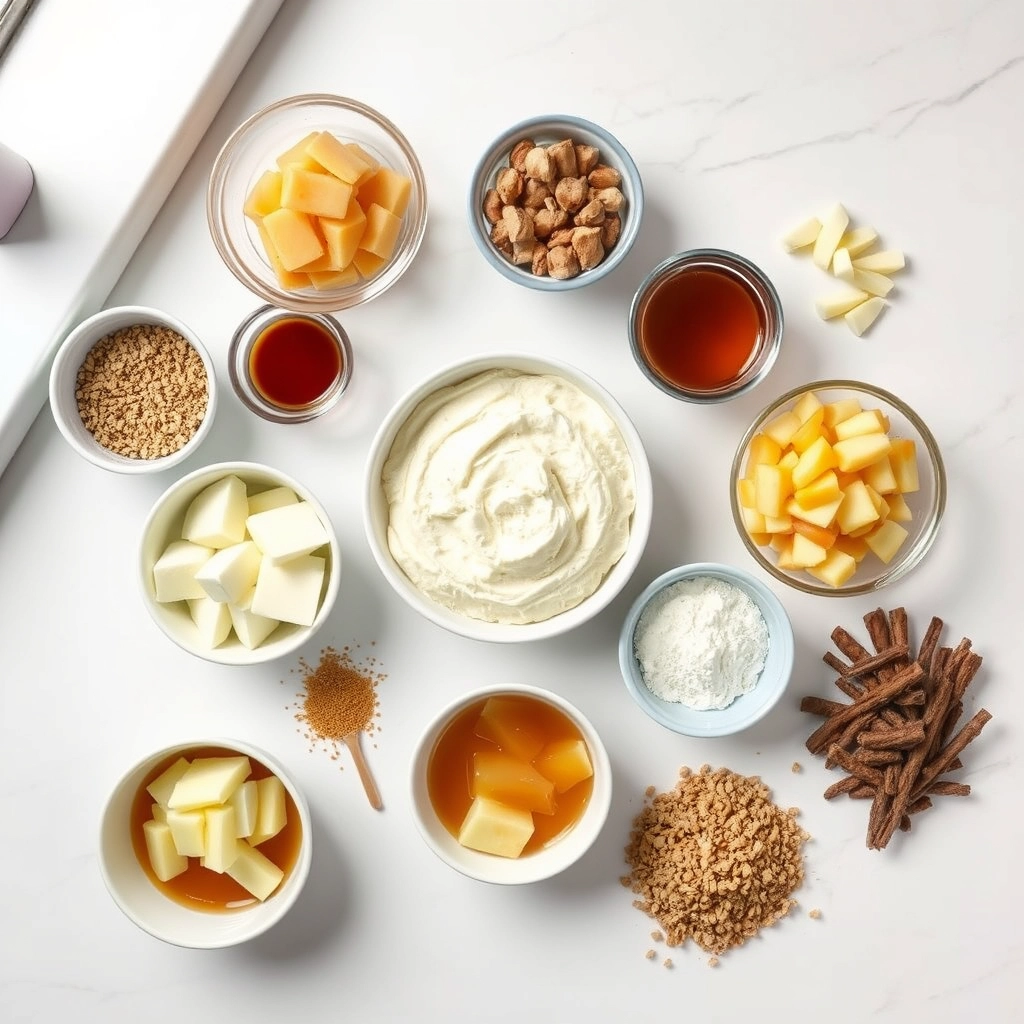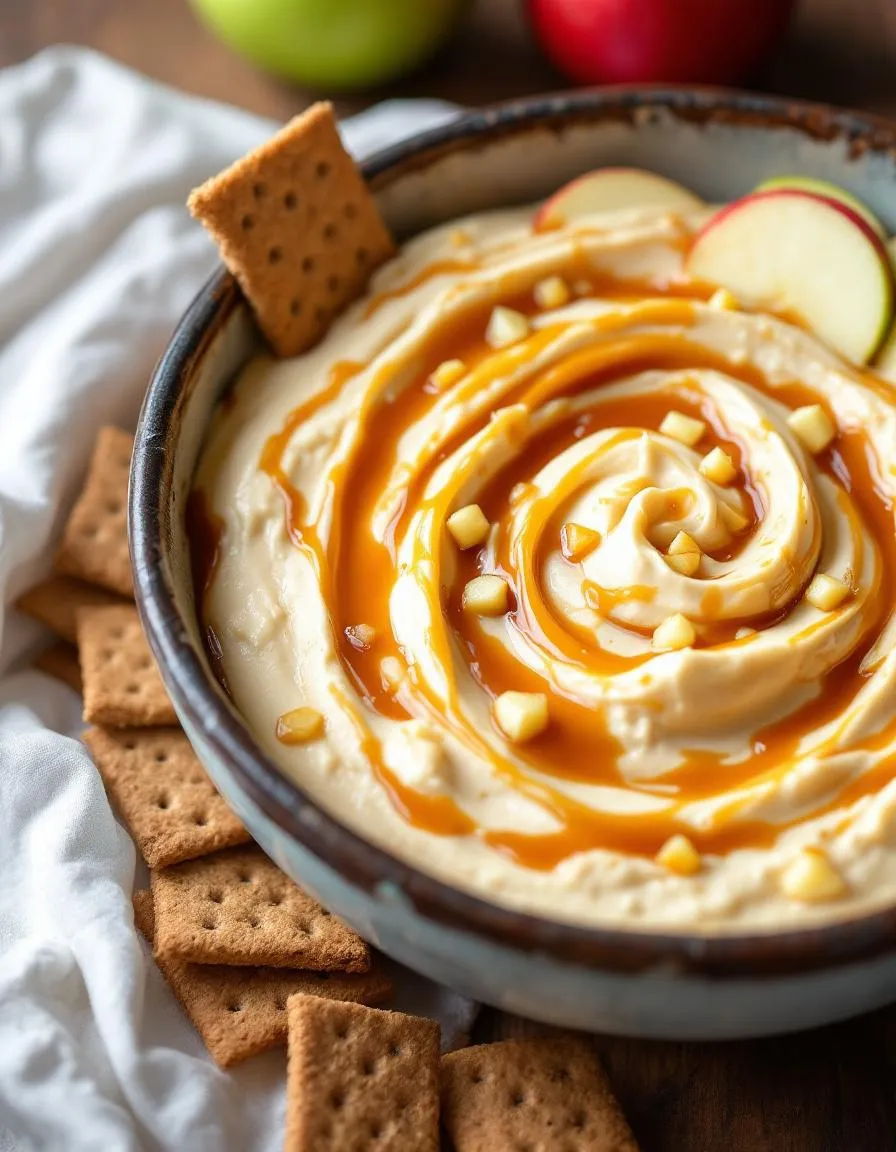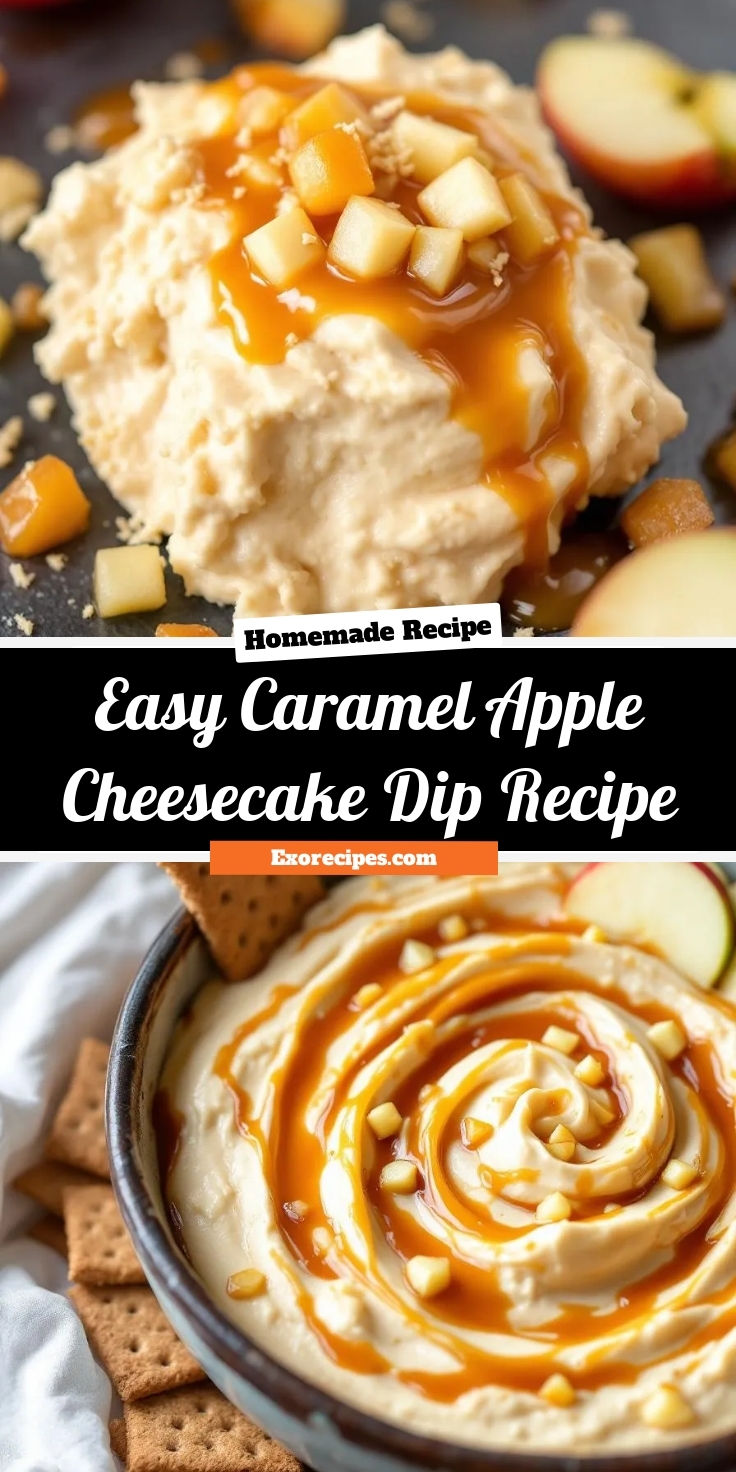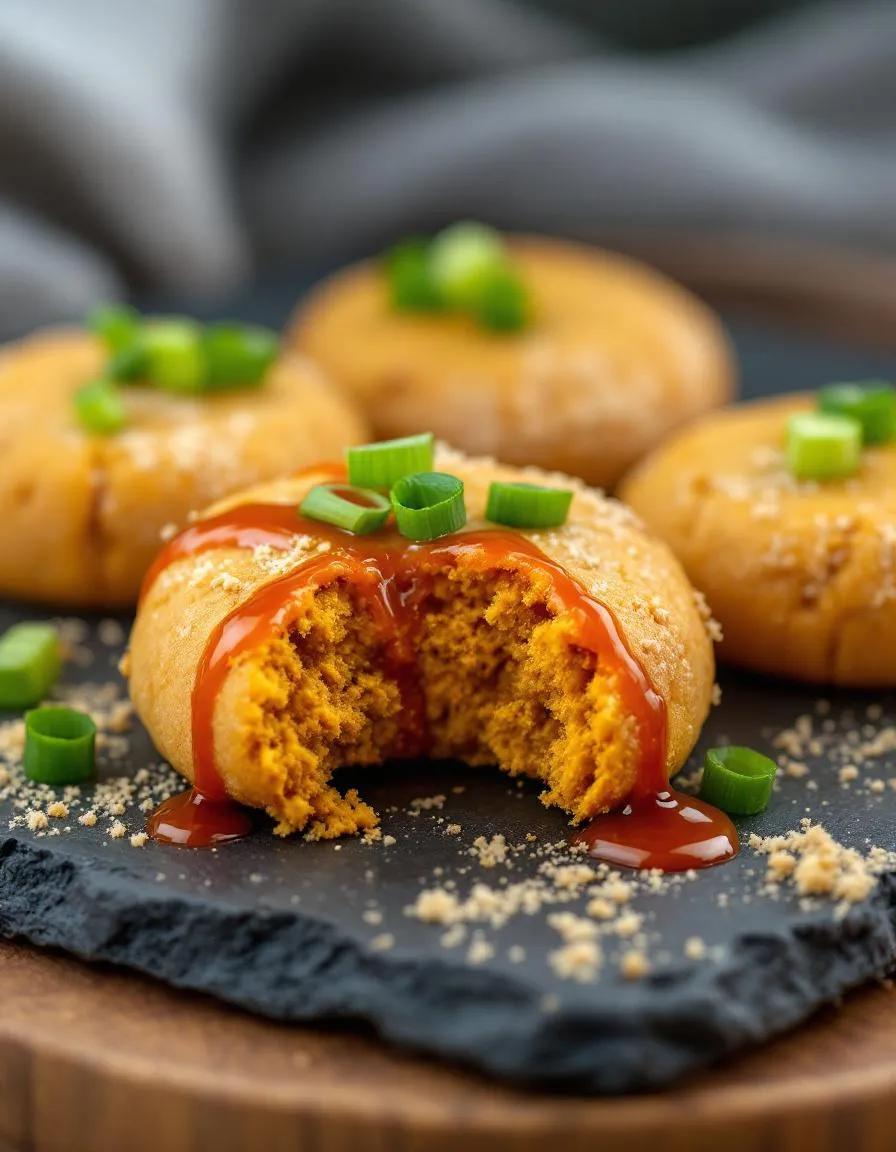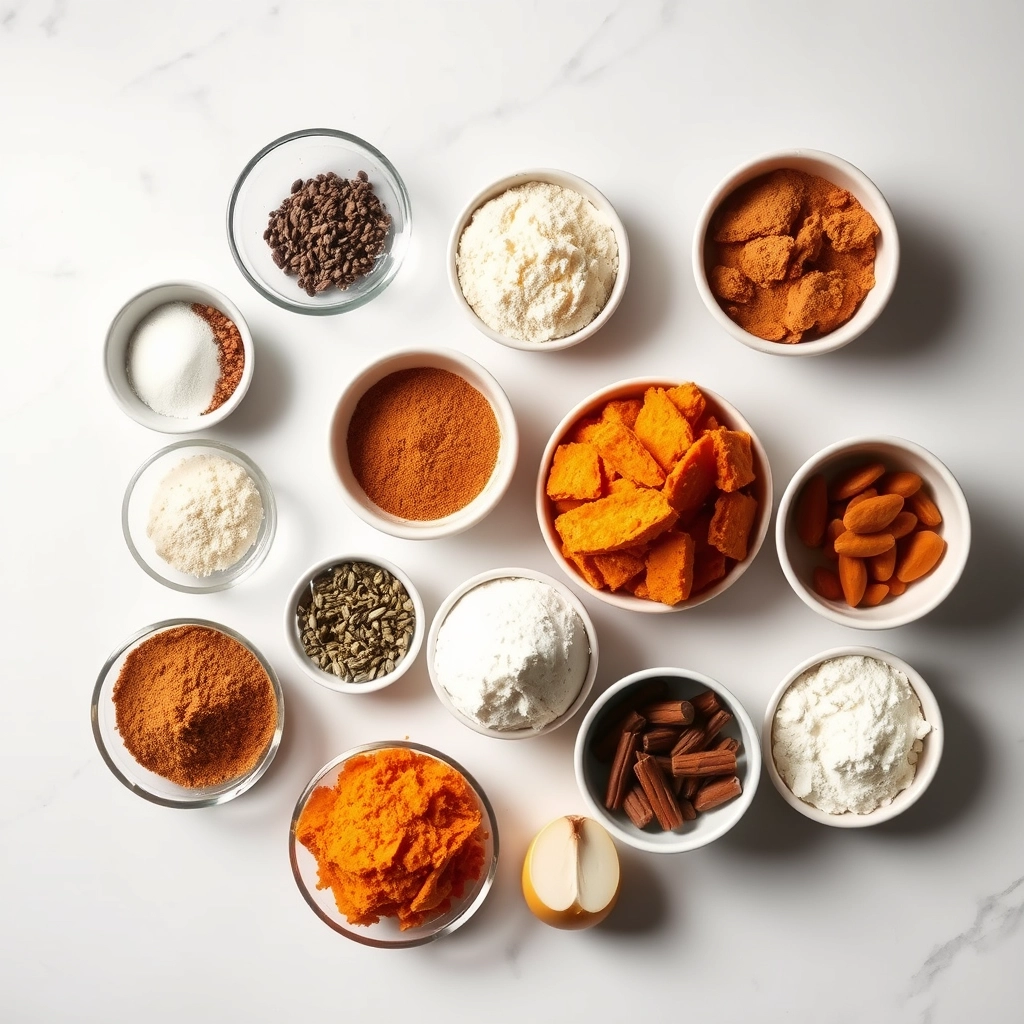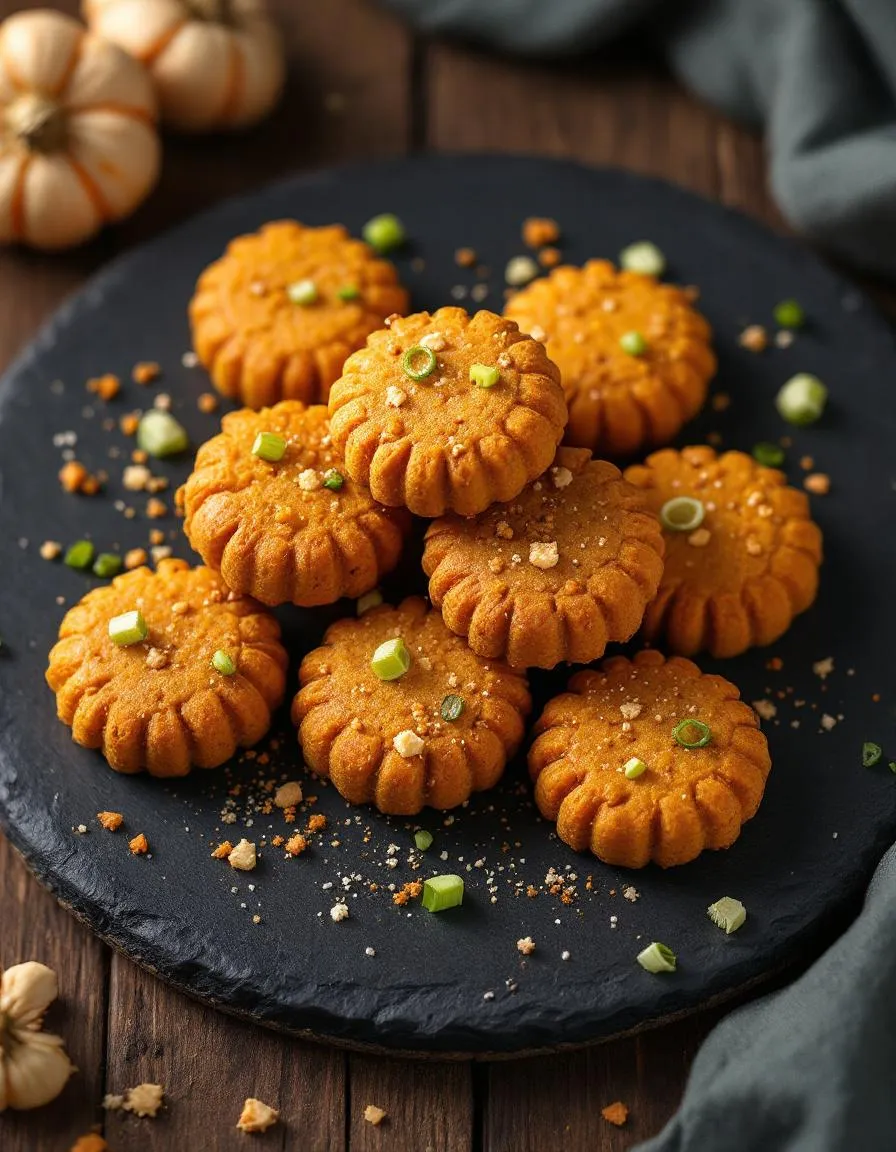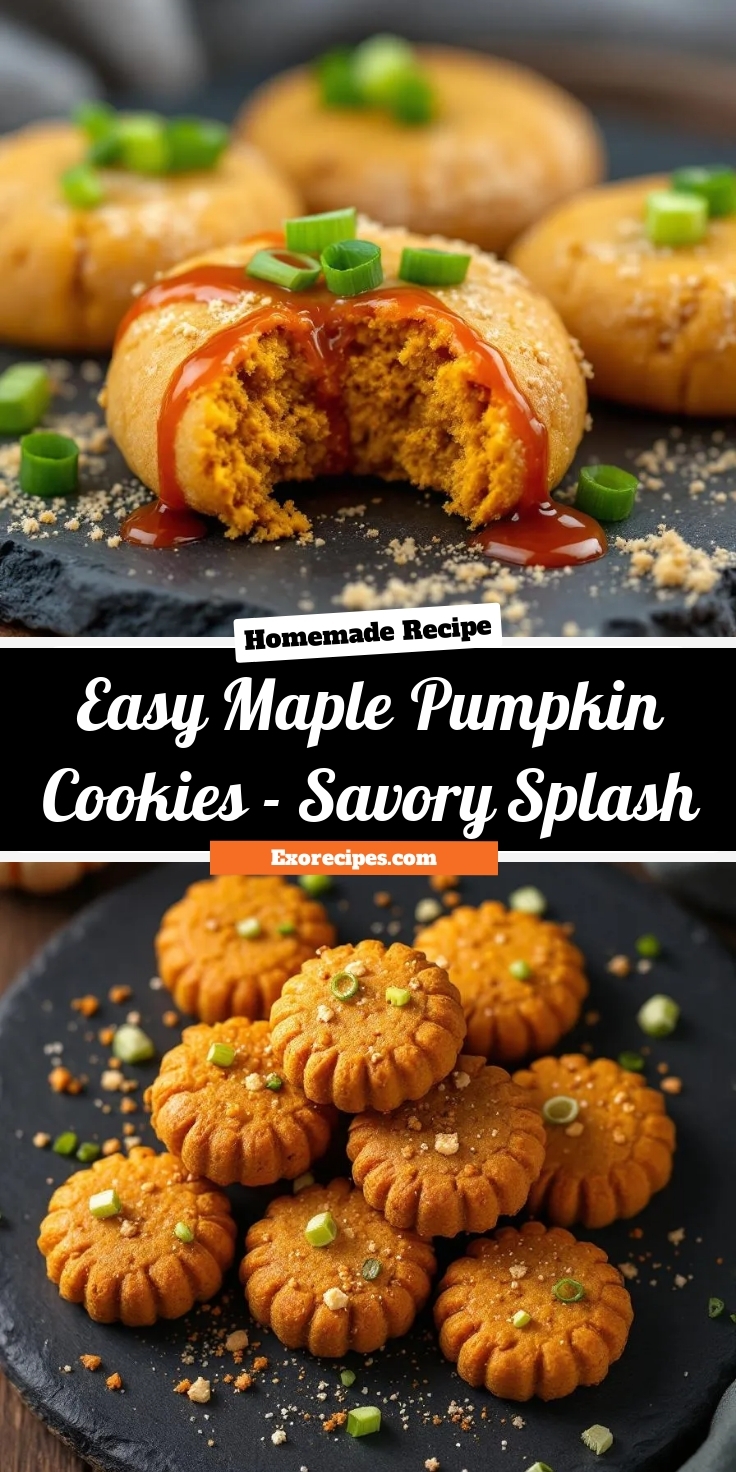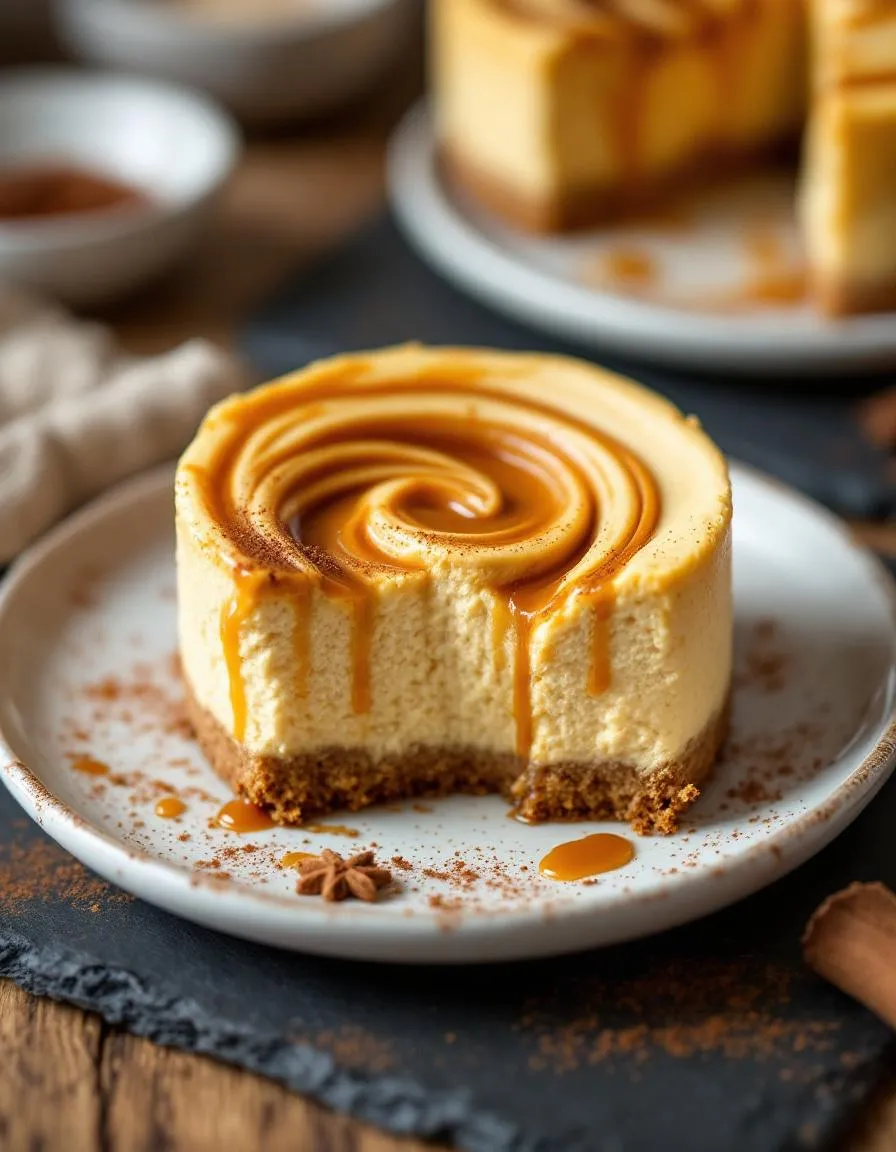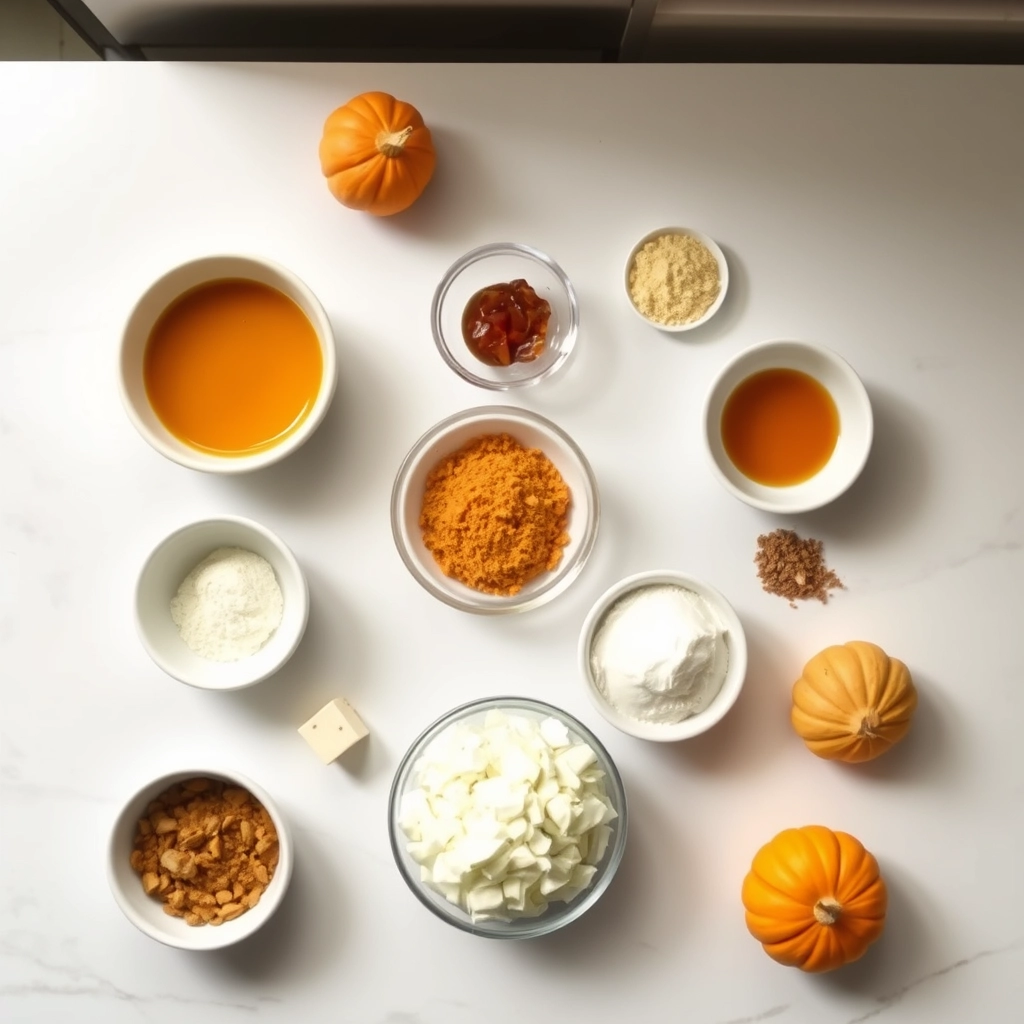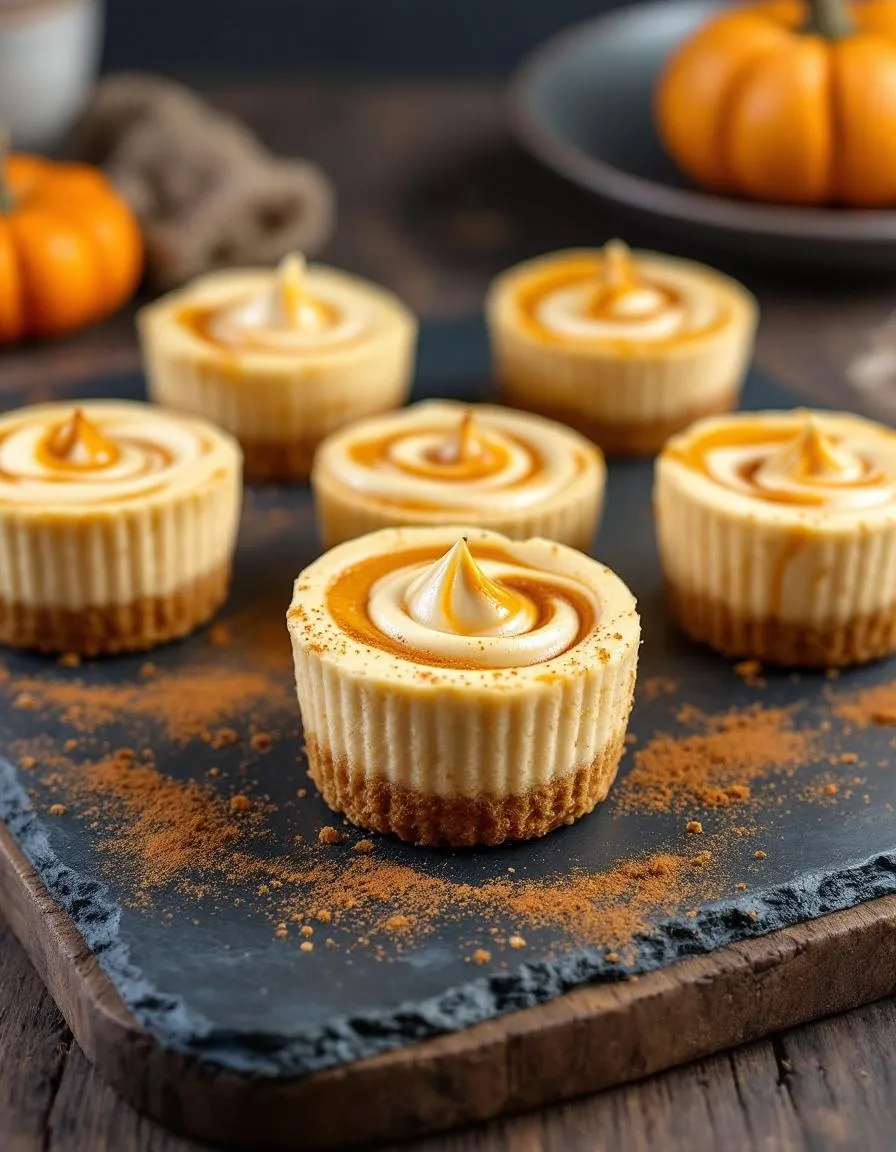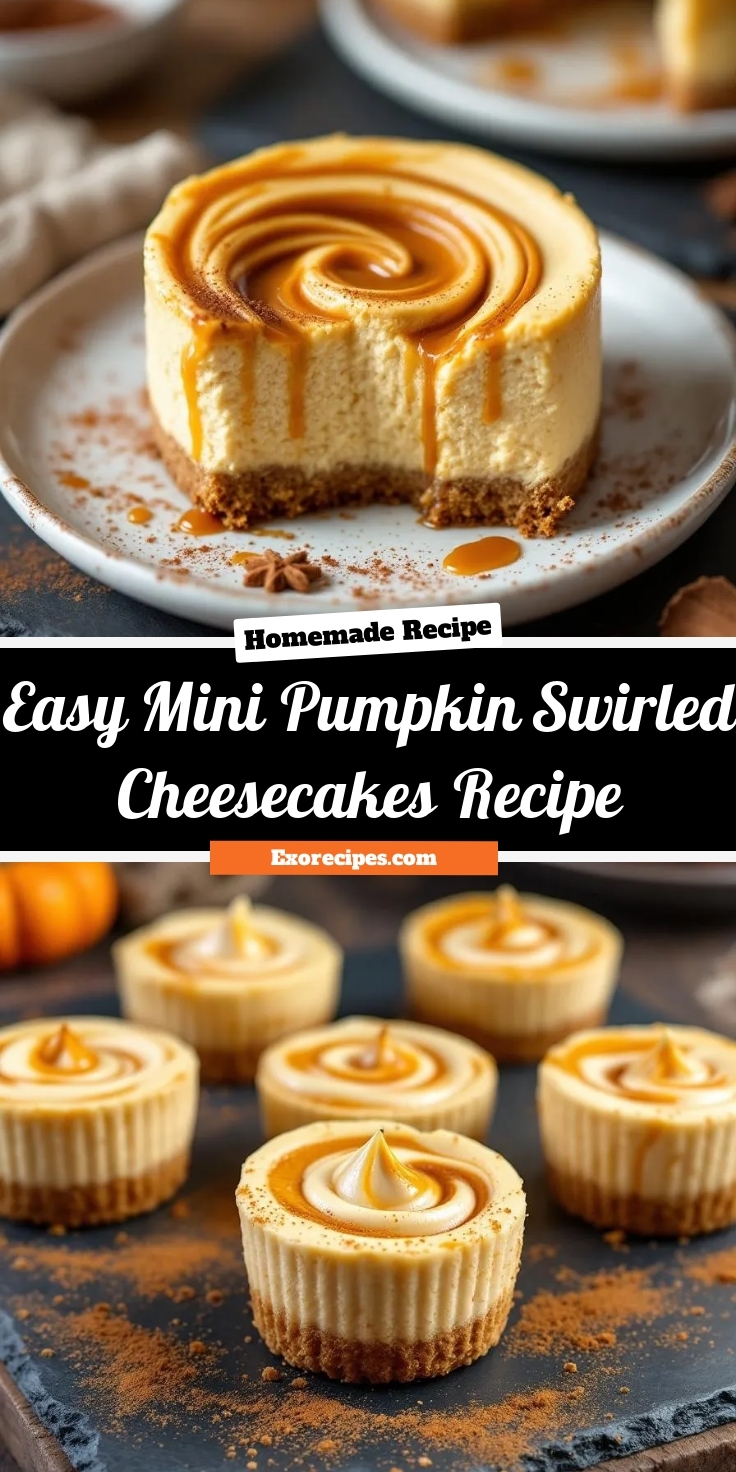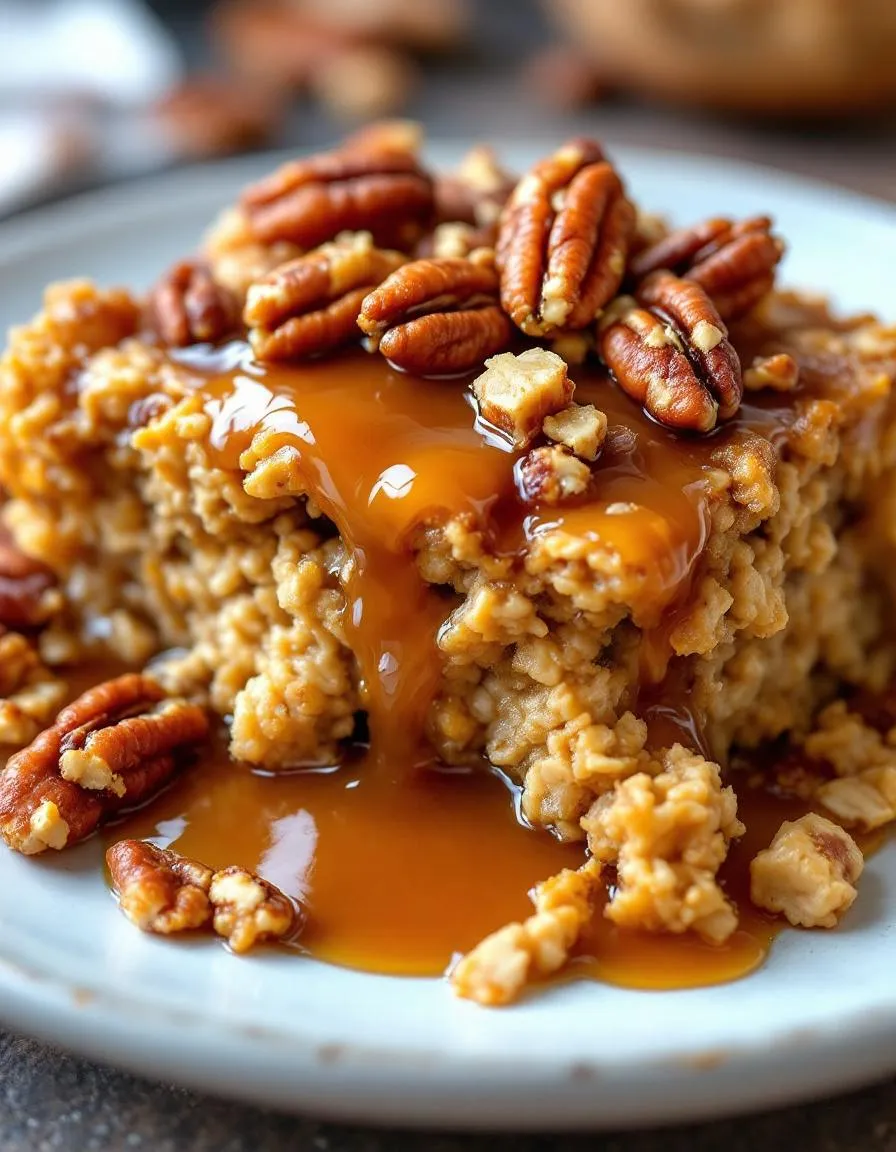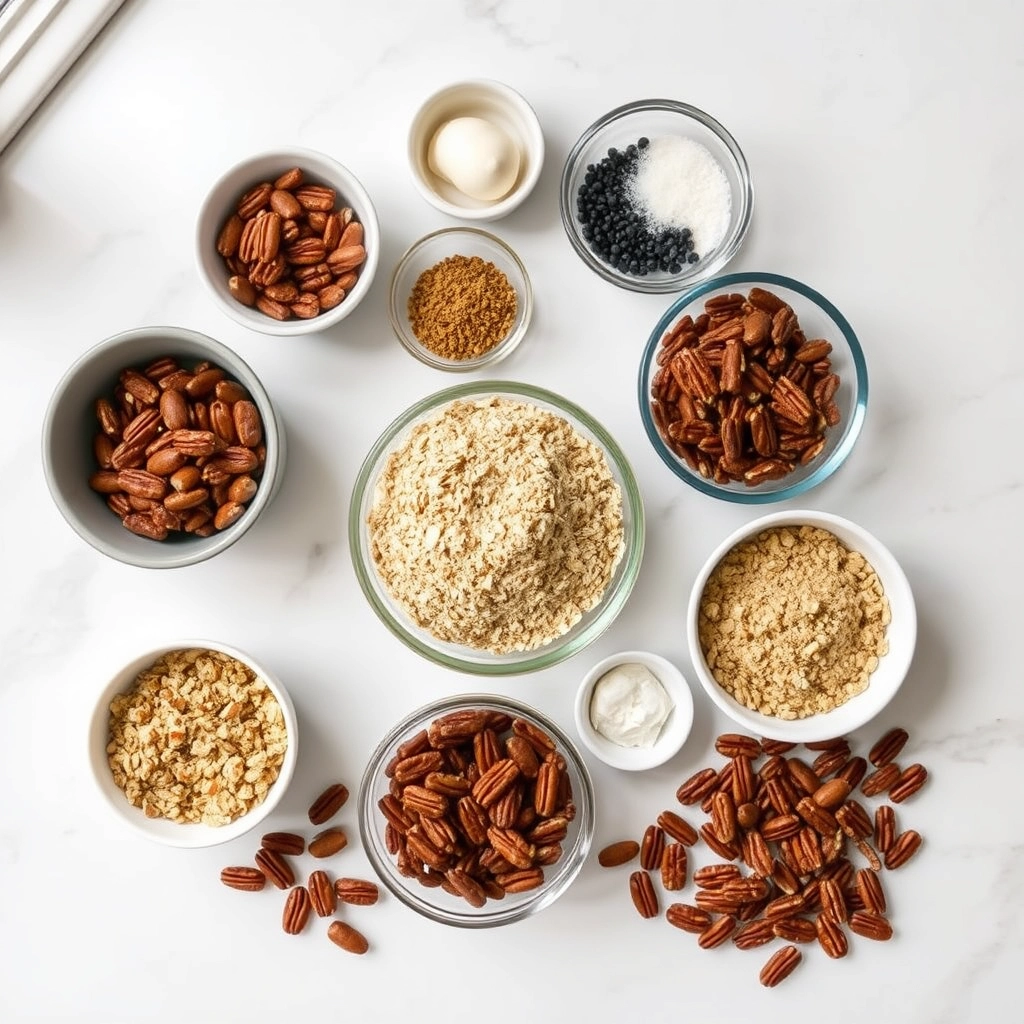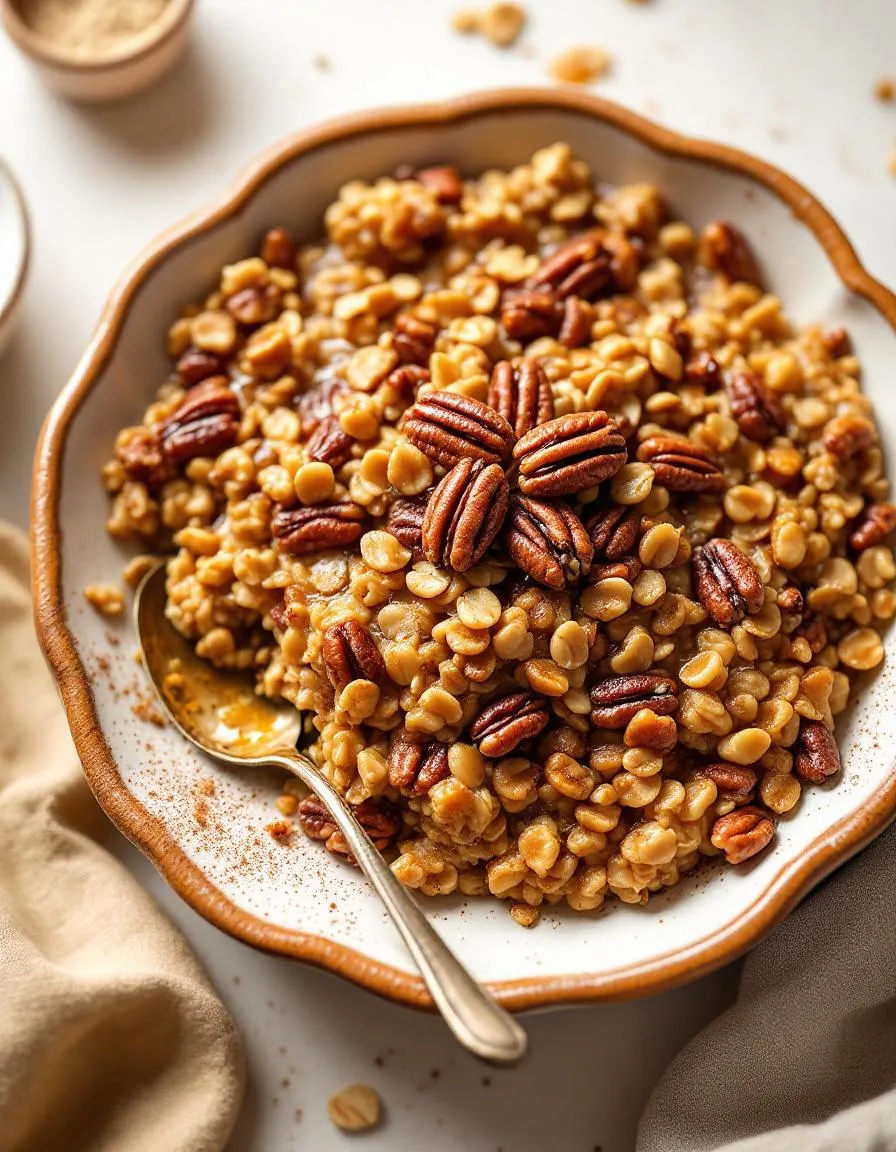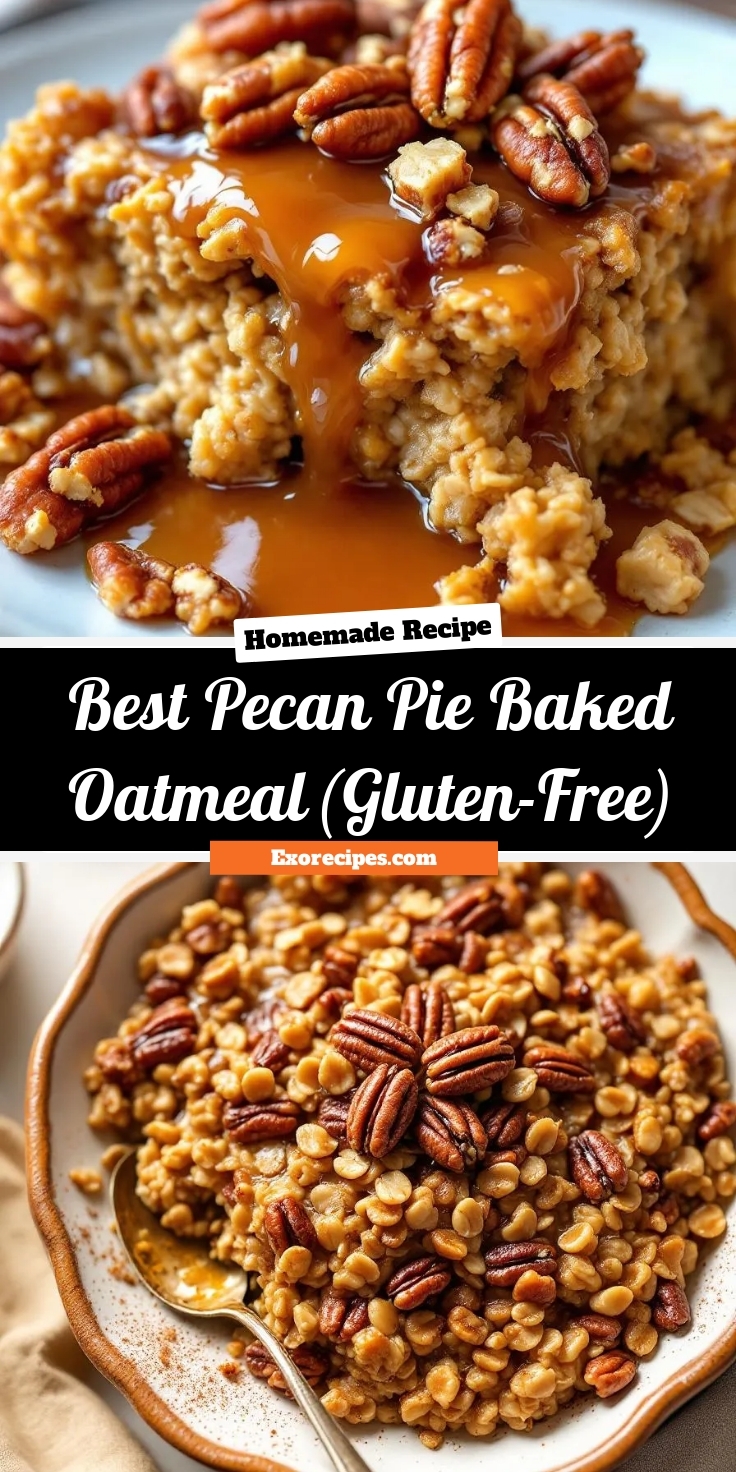Introduction
Is there anything more comforting than the scent of warm apples and spices filling your home? This feeling of pure, uncomplicated joy is exactly what you get with a bowl of homemade Hot Buttered Apple Sauce With Cinnamon and Nutmeg. It is a simple pleasure that instantly wraps you in a cozy blanket of nostalgia and warmth. Furthermore, this recipe transforms the humble apple into something truly magical and soul-satisfying. Ultimately, it is the easiest way to bring a little bit of that autumnal magic into your kitchen, no matter the season.
Hot Buttered Apple Sauce With Cinnamon and Nutmeg is far more than a simple side dish. It is a warm, spiced, and incredibly versatile creation that elevates any meal. Unlike the jarred supermarket versions, this homemade sauce bursts with fresh, real apple flavor, deepened by the richness of melted butter and the aromatic warmth of cinnamon and nutmeg. This recipe matters because it represents the heart of home cooking: using simple, wholesome ingredients to create something extraordinary. It fits our blog’s tone perfectly as we champion approachable recipes that deliver maximum flavor and comfort. You can serve it warm over our classic Fluffy Buttermilk Pancakes for a weekend breakfast, or as a stunning accompaniment to a savory main like a Herb-Roasted Pork Loin. Essentially, it is a testament to how a few basic ingredients can create a profoundly delicious experience.
Why I Love This Recipe
This recipe holds a special place in my heart because it reminds me of my grandmother’s kitchen. She always had a pot of something simmering on the stove, and this Hot Buttered Apple Sauce With Cinnamon and Nutmeg was a fall staple. I vividly remember standing on a stool, “helping” her stir the pot and being mesmerized by the transformation of chunky apples into a smooth, fragrant sauce. The smell alone transports me back to those crisp afternoons. Now, I love making it for my own family; it is a simple tradition that connects generations and fills our home with the same love and warmth I felt as a child.
Health and Nutrition
Why it’s good for your body
This Hot Buttered Apple Sauce With Cinnamon and Nutmeg truly nourishes your body from the inside out. Primarily, apples provide a fantastic source of soluble fiber, which actively supports healthy digestion and promotes a feeling of fullness. Furthermore, the warming spices like cinnamon and nutmeg do more than just add flavor; they also offer powerful anti-inflammatory properties.
Consequently, enjoying this cozy dish can give your immune system a welcome boost. Moreover, by using a modest amount of real butter, your body can better absorb the fat-soluble vitamins present in the apples. Ultimately, this creates a more nutritionally complete experience. Additionally, the natural sweetness from the cooked apples means you can satisfy a dessert craving without relying on refined sugars.
Therefore, each spoonful delivers comfort without compromise. Finally, making your own Hot Buttered Apple Sauce With Cinnamon and Nutmeg guarantees you control the quality of every single ingredient.
How it fits in a healthy lifestyle
This versatile sauce easily fits into a balanced eating plan. It makes a perfect whole-food-based snack that keeps you satisfied between meals. You can also enjoy it as a heart-healthy dessert alternative that feels indulgent but is actually quite wholesome.
For anyone following a gluten-free diet, this apple sauce is a naturally safe and delicious option. Consider pairing a serving with a source of protein like Greek yogurt for a more complete snack that fuels your body. It’s a simple way to add more fruit to your day, especially if you’re looking for family-friendly recipes that everyone will love. The flexibility of this dish means it supports your goals, whether you’re meal prepping for the week or need a quick healthy breakfast idea. You can feel great about incorporating it into your routine.
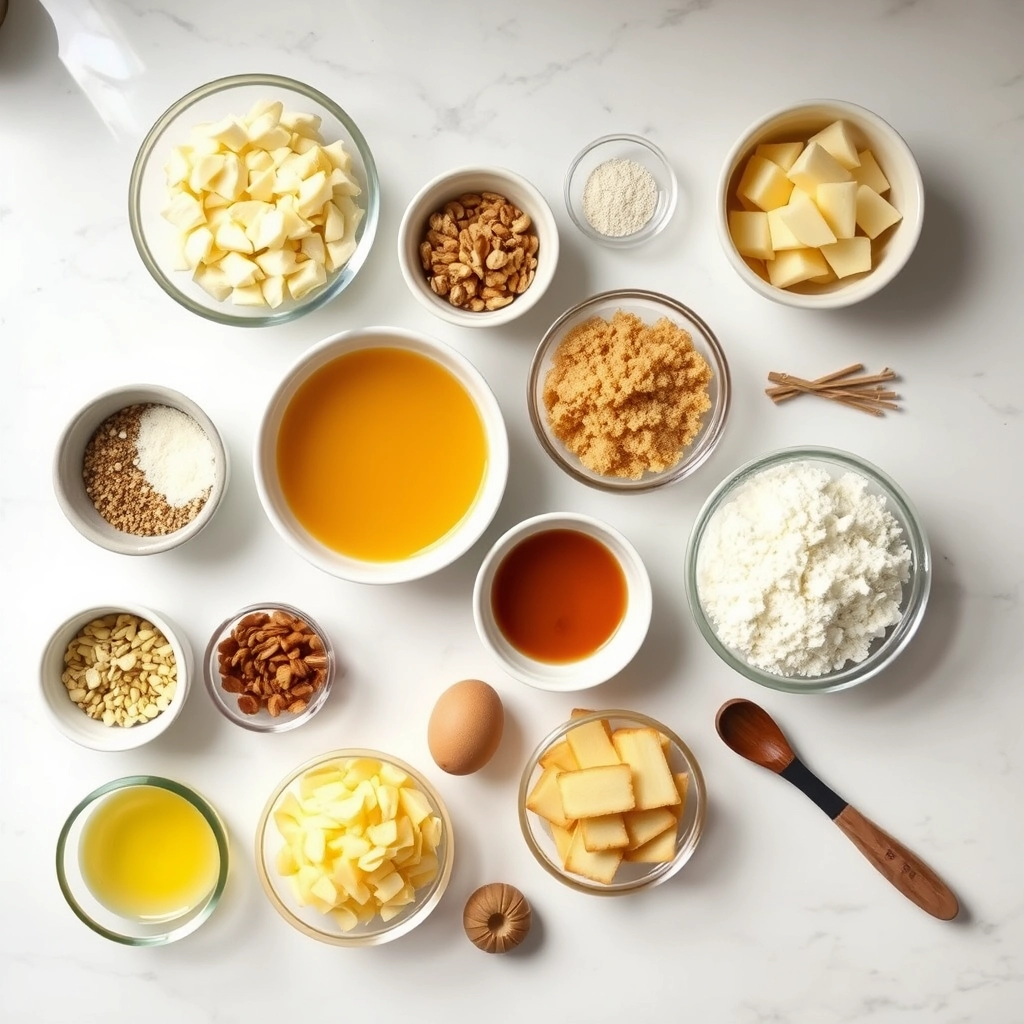
How to Prepare This Dish
Steps and time-saving tips
First, gather your apples and peel them quickly. A sharp vegetable peeler makes this task fly by. Next, core and chop the apples into uniform chunks. This ensures they cook evenly and break down into a smooth sauce. Meanwhile, melt a generous knob of butter in a heavy-bottomed pot over medium heat. Then, add your apple pieces and give them a good stir to coat them in that rich, buttery goodness. Pour in a splash of water to prevent any sticking and to help create steam. Now, cover the pot and let the apples simmer gently for about 15 to 20 minutes. You will know they are ready when they become incredibly tender and easily mashable. Furthermore, you can use a potato masher for a rustic texture or an immersion blender for a silky-smooth finish. Finally, stir in your ground cinnamon and a pinch of fresh nutmeg. For an extra special touch, a drizzle of maple syrup or a spoonful of brown sugar beautifully enhances the natural sweetness of the apples. Serve this warm Hot Buttered Apple Sauce With Cinnamon and Nutmeg immediately, or let it cool for a refreshing chilled treat.
Mistakes I’ve made and learned from
I have absolutely learned the hard way that not all apples are created equal for this recipe. I once used only Granny Smith apples hoping for a tart sauce, but the result was far too sharp and lacked the balanced sweetness I craved. Now, I always use a mix of sweet and tart varieties, like Honeycrisp and Braeburn, for a perfectly complex flavor. Another classic mistake I made was cranking the heat to rush the cooking process. This only scorched the butter and gave the entire batch a bitter, unpleasant taste. Low and slow is absolutely the way to go for the best Hot Buttered Apple Sauce With Cinnamon and Nutmeg. Getting the spice balance right was another hurdle; too much nutmeg can overpower everything. My journey to perfecting spices, especially with baked goods, really helped me understand pairing flavors. For more on that, my guide on using warming spices is a great resource. And if you’re curious about the best apples to use, my breakdown of baking apples versus eating apples will save you from my early mistakes.
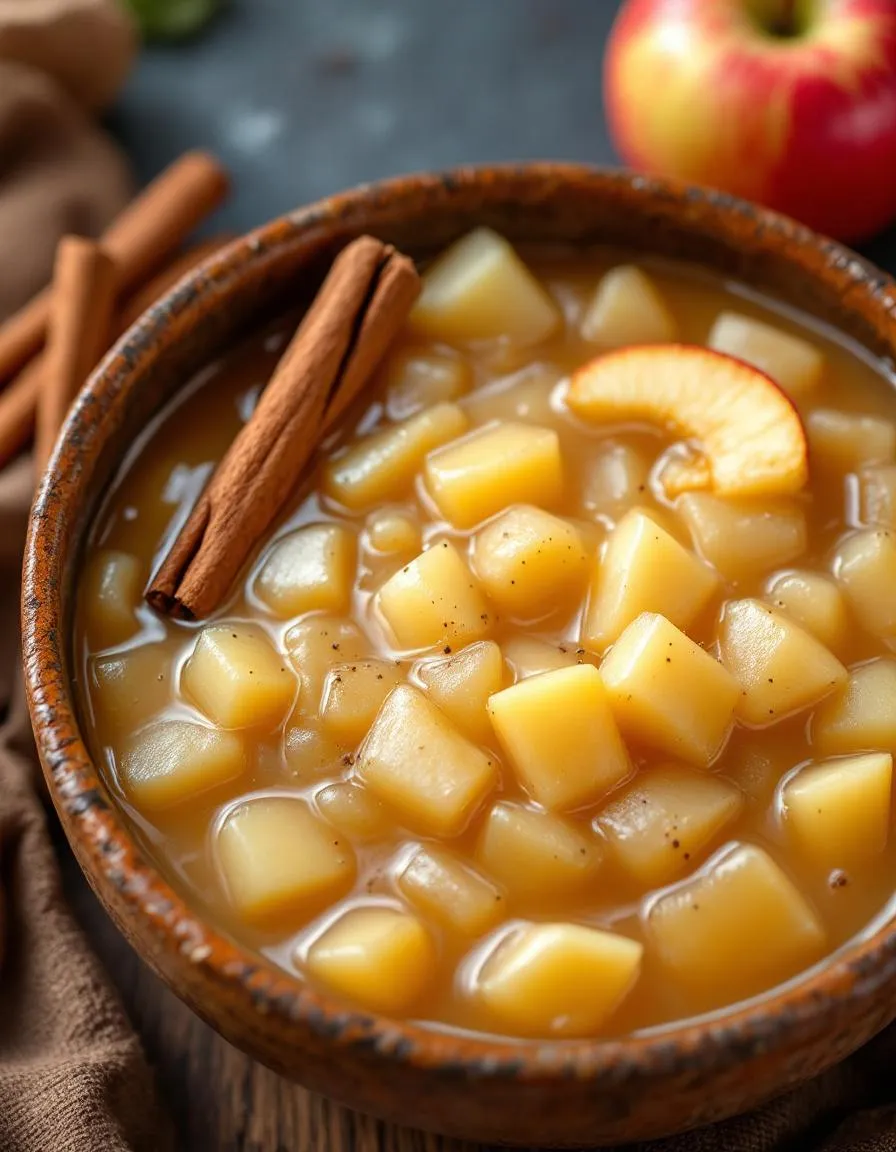
Cultural Connection and Variations
Where this recipe comes from
My grandmother always said that the scent of apples, butter, and spice baking could warm a house and a heart. She learned to make Hot Buttered Apple Sauce With Cinnamon and Nutmeg from her mother, a Pennsylvania Dutch farm wife who never let a single apple go to waste. Consequently, this dish was never just a simple condiment. It was a celebration of the autumn harvest, a way to preserve the season’s bounty, and a humble dessert that made an ordinary weeknight feel special.
Different cultures, however, put their own spin on this classic. In parts of Scandinavia, for instance, they often forgo the nutmeg and add a generous pinch of cardamom for a uniquely Nordic flavor. Meanwhile, in the south of France, some families might splash in a bit of Calvados, an apple brandy, to give the sauce a sophisticated, adult kick. Regardless of the variation, the core principle remains the same: transforming simple apples into something deeply comforting and rich.
My family’s version of Hot Buttered Apple Sauce With Cinnamon and Nutmeg always simmers for an extra long time. This process allows the flavors to marry completely and creates an incredibly velvety texture. Ultimately, every spoonful tells a story of thrift, seasonality, and the simple joy of sharing something made with love.
How it fits in today’s cooking
This cozy sauce fits perfectly into our modern culinary world. It effortlessly bridges the gap between nostalgic tradition and contemporary eating habits. For example, many health-conscious cooks now appreciate it as a natural sweetener. They swirl it into oatmeal or yogurt instead of using processed sugars, enjoying its wholesome goodness any day of the week.
Furthermore, it remains a superstar during the holidays. A generous spoonful of Hot Buttered Apple Sauce With Cinnamon and Nutmeg alongside a roast pork loin creates an unforgettable festive meal. Its warm spices simply scream autumn and winter celebrations. Modern hosts also get creative by using it as a topping for desserts, much like they would use a fruit compote on our classic Buttermilk Pancakes.
Busy home cooks love its make-ahead potential. They can prepare a big batch on Sunday and enjoy it throughout the week with various meals. Finally, its versatility is its greatest strength. This simple sauce can elevate everything from a weeknight dinner to a special weekend brunch, perhaps even served alongside a stack of our delicious Gluten-Free Waffles. It truly is a timeless recipe for today’s kitchen.
Taste and Texture
What makes it delicious
This Hot Buttered Apple Sauce With Cinnamon and Nutmeg delivers a deeply comforting and aromatic experience. Firstly, the apples break down into a luxuriously smooth and velvety puree that feels incredibly rich on the tongue. Meanwhile, the melted butter weaves a silky, decadent quality throughout every spoonful. Warm baking spices like cinnamon and nutmeg create a fragrant, cozy scent that fills your kitchen. Consequently, each bite offers a perfect harmony of sweet, tart, and spiced flavors. Ultimately, this homemade Hot Buttered Apple Sauce With Cinnamon and Nutmeg provides a far more complex and satisfying taste than any store-bought version.
Boosting the flavor
You can easily elevate this already delicious sauce with a few creative tweaks. For a deeper, caramel-like sweetness, try swapping the white sugar for dark brown sugar. Alternatively, stir in a splash of vanilla extract or a tablespoon of bourbon at the end of cooking for a sophisticated flavor boost. Furthermore, a dollop of freshly whipped cream or a sprinkle of our Cinnamon Toasted Pecans adds a wonderful crunchy contrast. Finally, consider serving it warm over a scoop of vanilla ice cream or alongside our Classic Vanilla Pound Cake for an truly exceptional dessert.
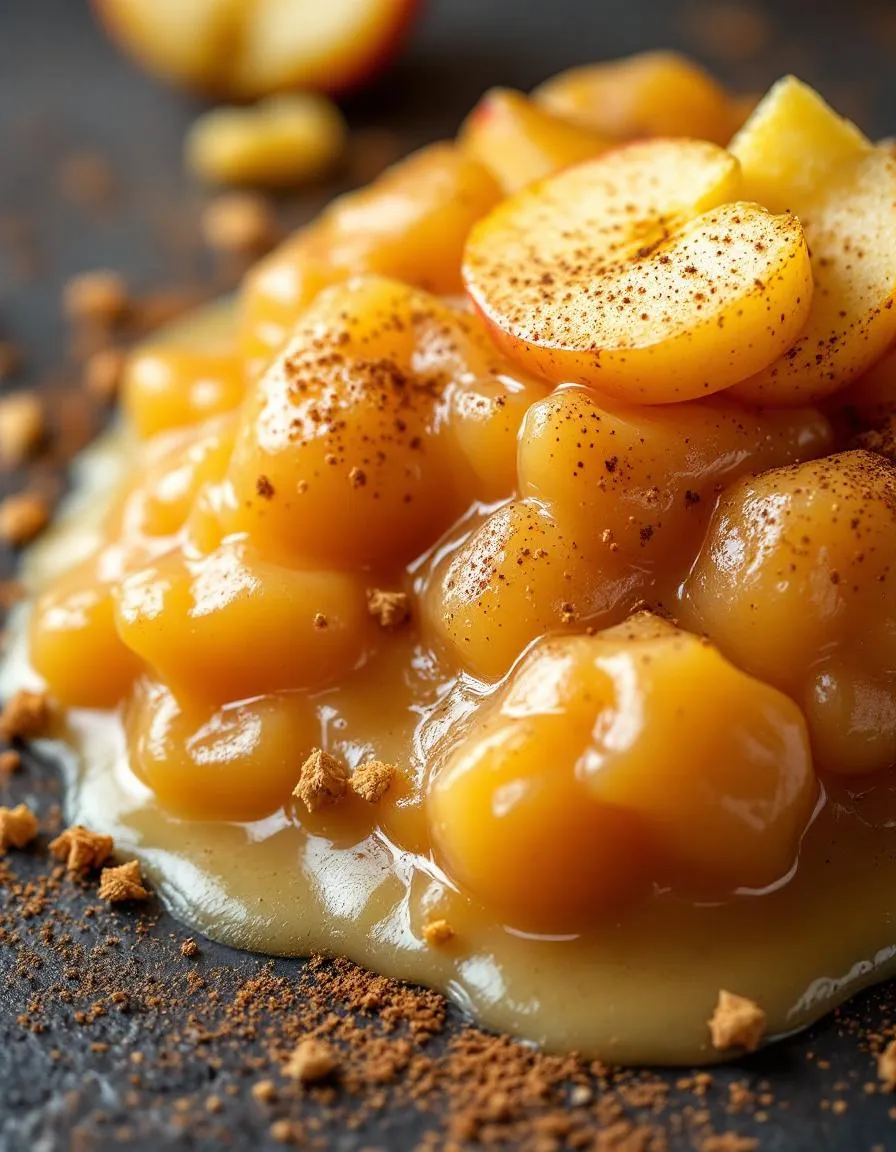
Tips for Success
Best practices for results
Always choose a mix of sweet and tart apples for a more complex flavor profile in your Hot Buttered Apple Sauce With Cinnamon and Nutmeg. Furthermore, use fresh, high-quality spices as they provide a much more vibrant taste than older, stale ones. For the best texture, stir the sauce only occasionally while it simmers to prevent the apples from becoming completely mushy. Finally, do not skip the butter at the end because it creates a wonderfully rich and silky finish.
Mistakes to avoid
Avoid overcooking the apples, as they can quickly turn from perfectly tender into a bland puree; consequently, start checking for doneness early. Many people also add spices at the beginning, but to prevent their flavor from diminishing, stir them in during the last few minutes of cooking instead. Moreover, do not forget to taste and adjust the seasoning at the end, since apple sweetness can vary. For more guidance on selecting the right apples, check out our guide on choosing the best baking apples. Additionally, if your sauce ever turns out too thin, you can easily thicken it using a method from our troubleshooting article for fixes.
Serving and Pairing Suggestions
How to serve this dish
Serve this Hot Buttered Apple Sauce With Cinnamon and Nutmeg warm to truly highlight its comforting aroma and rich flavor. For a beautiful presentation, transfer it into a small ceramic bowl or a rustic mason jar. Furthermore, a simple garnish like a cinnamon stick or a tiny sprinkle of nutmeg makes it look incredibly inviting.
Consider this versatile sauce for your holiday table, as it brings a classic warmth to any feast. Alternatively, it transforms a simple weeknight dessert into something special. You can also let it be the star of your next brunch spread, where guests will adore its homemade charm.
What goes well with it
This Hot Buttered Apple Sauce With Cinnamon and Nutmeg beautifully complements so many dishes. Firstly, spoon it over our fluffy Classic Buttermilk Pancakes for a breakfast that feels like a celebration. The sauce’s spiced sweetness perfectly marries with the soft, tender pancakes.
For a truly decadent dessert, pair it with a slice of warm pound cake or vanilla ice cream. The cool, creamy ice cream creates a wonderful contrast with the warm, spiced sauce. Moreover, a cup of strong black coffee or a sweet dessert wine like Riesling balances the richness exquisitely.
Finally, do not overlook its potential as a savory companion. Consequently, it makes a fantastic condiment for roasted pork or turkey. For another fantastic pairing idea, try it alongside our savory Herb Roasted Pork Tenderloin where the sweet and savory flavors will dance on your palate.
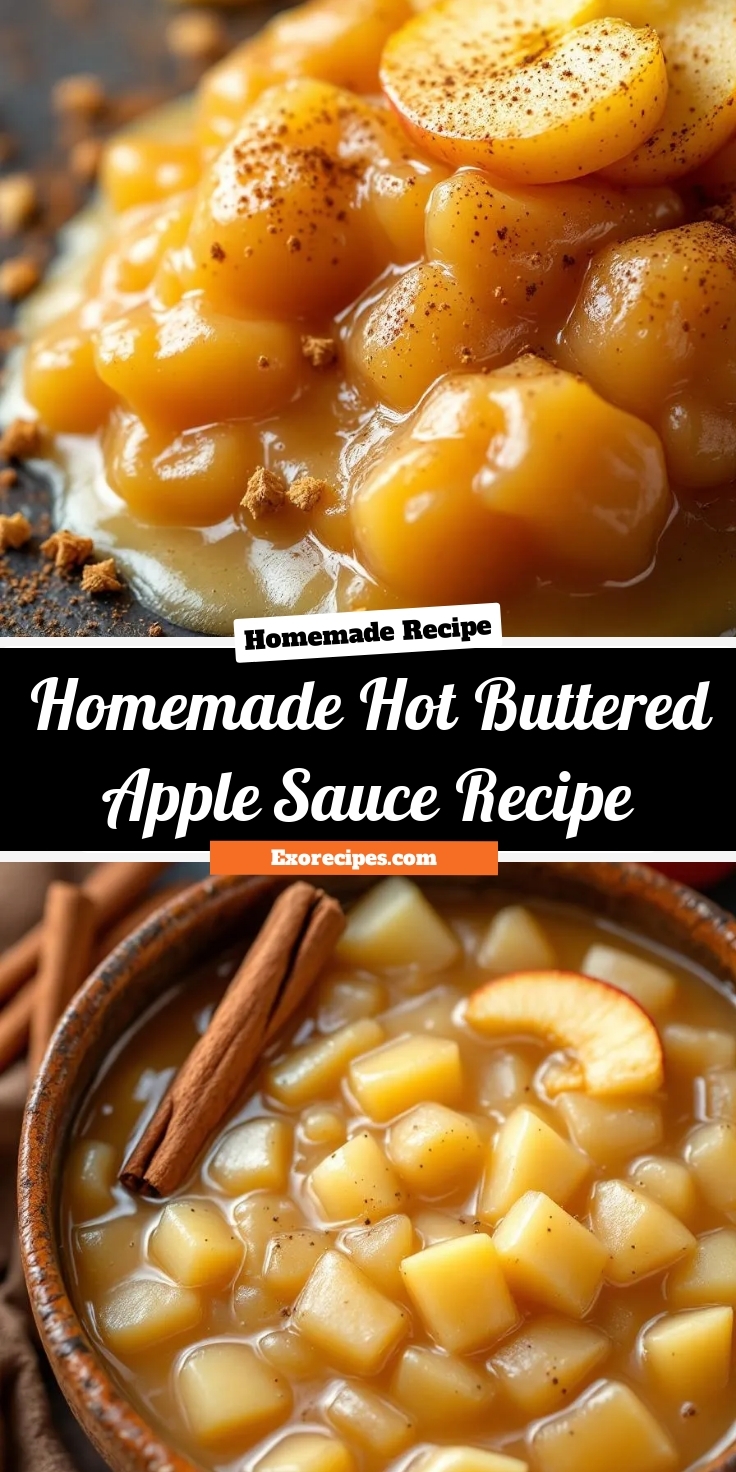
For the best flavor and texture, use a mix of sweet and tart apples like Honeycrisp, Fuji, or Gala combined with Granny Smith or McIntosh. These varieties break down well when cooked and provide a perfect balance of sweetness and tang that complements the warm spices. This combination creates a deeply flavorful Hot Buttered Apple Sauce With Cinnamon and Nutmeg.
Absolutely! This Hot Buttered Apple Sauce With Cinnamon and Nutmeg is an excellent make-ahead dish. It will keep in an airtight container in the refrigerator for up to one week, and the flavors often meld and improve after a day. You can also freeze it for up to 3 months for longer storage.
This versatile sauce is a fantastic side dish for pork chops, roast chicken, or latkes. It also makes a delicious warm dessert or topping when served over vanilla ice cream, pancakes, or oatmeal. The rich, spiced flavor of Hot Buttered Apple Sauce With Cinnamon and Nutmeg enhances both savory and sweet dishes.
Due to the addition of butter, which is a low-acid dairy product, this particular recipe is not recommended for traditional water bath canning as it can pose a food safety risk. For long-term preservation without freezing, you would need to use a tested recipe for plain applesauce from a reliable canning source and add the butter and spices upon serving.
Hot Buttered Apple Sauce With Cinnamon and Nutmeg
Description
A warm, comforting apple sauce enhanced with butter, cinnamon, and nutmeg for a cozy dessert or side dish.
Ingredients
For the Crust:
- 6 medium apples, peeled, cored, and chopped
- 1/4 cup water
- 2 tablespoons unsalted butter
- 1/4 cup brown sugar
- 1 teaspoon ground cinnamon
- 1/4 teaspoon ground nutmeg
- Pinch of salt
Instructions
1. Prepare the Crust:
- Combine apples and water in a saucepan. Cook over medium heat until apples are soft, about 15-20 minutes.
- Mash apples with a fork or potato masher to desired consistency.
- Stir in butter, brown sugar, cinnamon, nutmeg, and salt. Cook for another 5 minutes, stirring occasionally.
- Serve warm as a side or dessert.
Notes
You can customize the seasonings to taste.

